In the first years of the 20th century, the Bronx neighborhood of Tremont was a place of constant motion. The name itself, invented by a 19th-century postmaster, hinted at the area’s geography, a nod to the three elevated ridges of Mount Eden, Mount Hope, and Fairmount. This hilly terrain was rapidly being reshaped by a new kind of growth. Wooden farmhouses and open lots gave way to solid, five- and six-story brick tenement buildings, rising to house the thousands of new families arriving in the borough.
These newcomers were often just one step removed from the crowded streets of the Lower East Side. Irish, Italian, and Eastern European Jewish families, seeking more space and air, found it in Tremont. The Third Avenue elevated train was a vital artery, rumbling overhead and connecting the neighborhood to the rest of the city, bringing in new residents and carrying workers to their jobs. Daily life unfolded on streets that were still a mix of old and new. A large stone and shingle house, a relic of the area’s more suburban past, might stand near a row of brand-new apartment blocks.
East Tremont Avenue was the neighborhood’s commercial spine, a bustling corridor of commerce that served the growing population. The street was a loud and lively marketplace. Pushcart vendors called out their prices for fresh produce, their voices mingling with the cries of newsboys. The avenue was lined with bakeries, kosher butcher shops, and delicatessens, each catering to the specific tastes of the neighborhood’s diverse European communities. These shops were more than just places to buy food; they were social centers where neighbors exchanged gossip and news in a mix of English, Yiddish, Italian, and German.
Read more
The civic heart of the entire borough was located here for a time. In Tremont Park stood the Bronx Borough Hall, a grand building that served as the center of government from 1897. Its presence lent an air of importance to the neighborhood. But for the children of Tremont, life revolved around two other key institutions: the school and the park. A new, modern Public School 4 opened on East 173rd Street around 1902, its brick facade a symbol of the community’s focus on the future.
For recreation, families turned to the vast expanse of Crotona Park. In the winter, Indian Pond became a popular destination for ice skating, with a warming hut and concession stand for skaters to escape the cold. During the warmer months, the park was a sprawling playground. The city constructed numerous baseball diamonds, handball courts, and tennis courts, providing organized spaces for recreation. Before the era of widespread playgrounds, the park’s rolling hills and open fields were a sanctuary for children and a place for families to picnic on weekends.
Community life was also defined by shared faith and social ties. The Tremont Baptist Church stood at the corner of Tremont and Burnside Avenues. For the growing Jewish population, synagogues were established, with Tremont Temple on the Grand Concourse serving as a prominent house of worship for a German-Jewish congregation.
A significant addition to the neighborhood’s intellectual life arrived in 1905 with the opening of the Tremont Branch of the New York Public Library. Located at the corner of Washington Avenue and East 176th Street, the Classical Revival building was funded by the steel magnate Andrew Carnegie. Its granite foundation and red brick walls gave it a sense of permanence and civic pride. The library quickly became a vital resource. Librarians organized clubs for young people and held classes to teach English to newly arrived immigrants, helping them navigate their new country. For many, it was a quiet and safe space for learning and self-improvement.
Entertainment was also part of the Tremont experience. The Tremont Theatre, one of the city’s earliest cinemas, was built around 1910 on Webster Avenue. It offered a new form of diversion, allowing residents to escape into the flickering images on the screen. For the more socially inclined, clubs provided another outlet. The Suburban Club of the City of New York had a clubhouse on East 176th Street and Park Avenue, offering a private space for its members to gather.


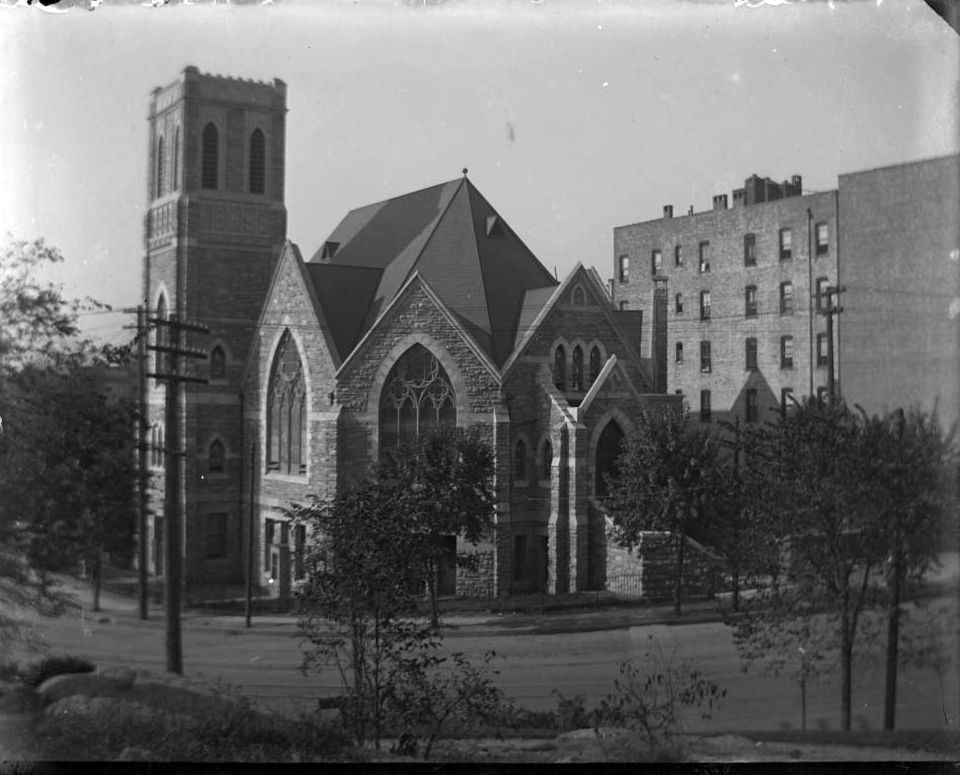
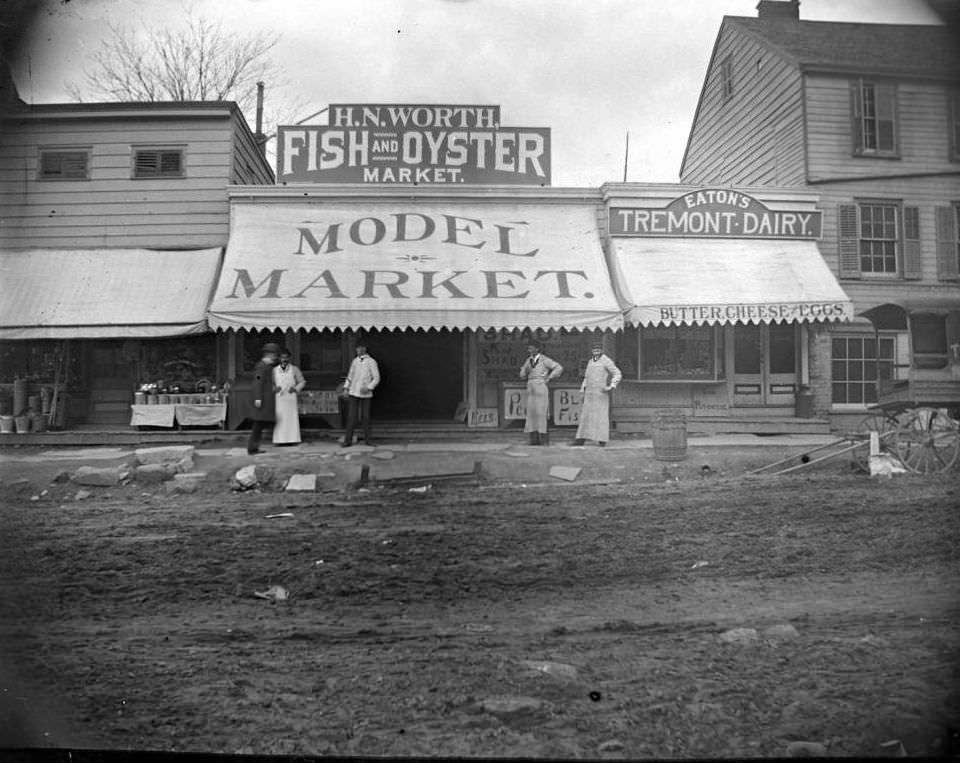
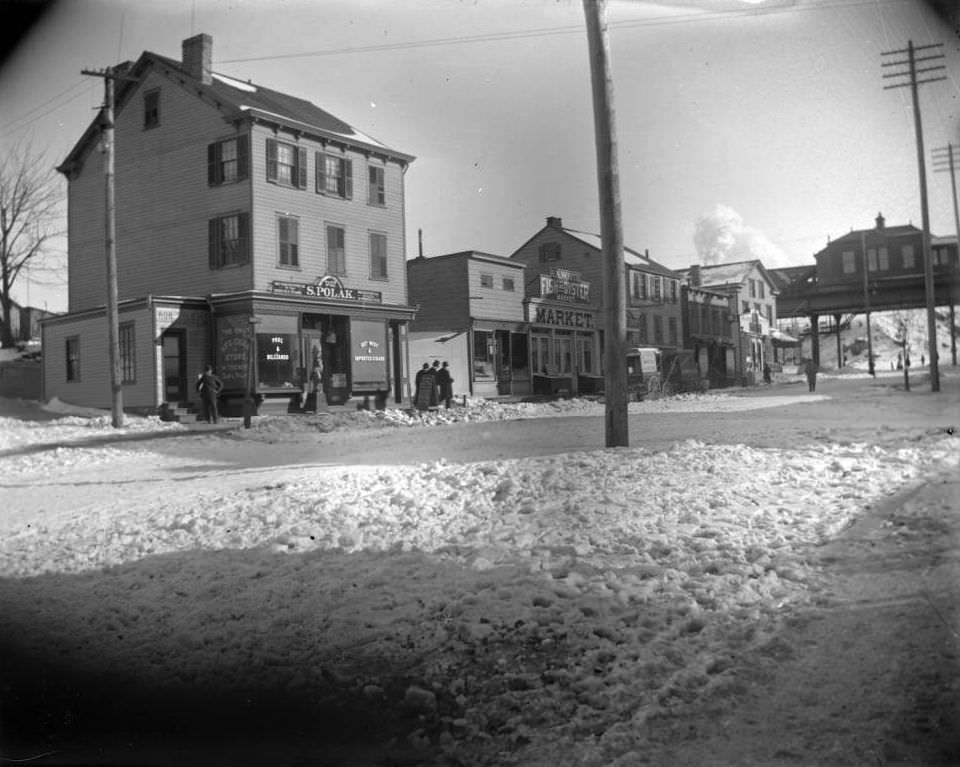
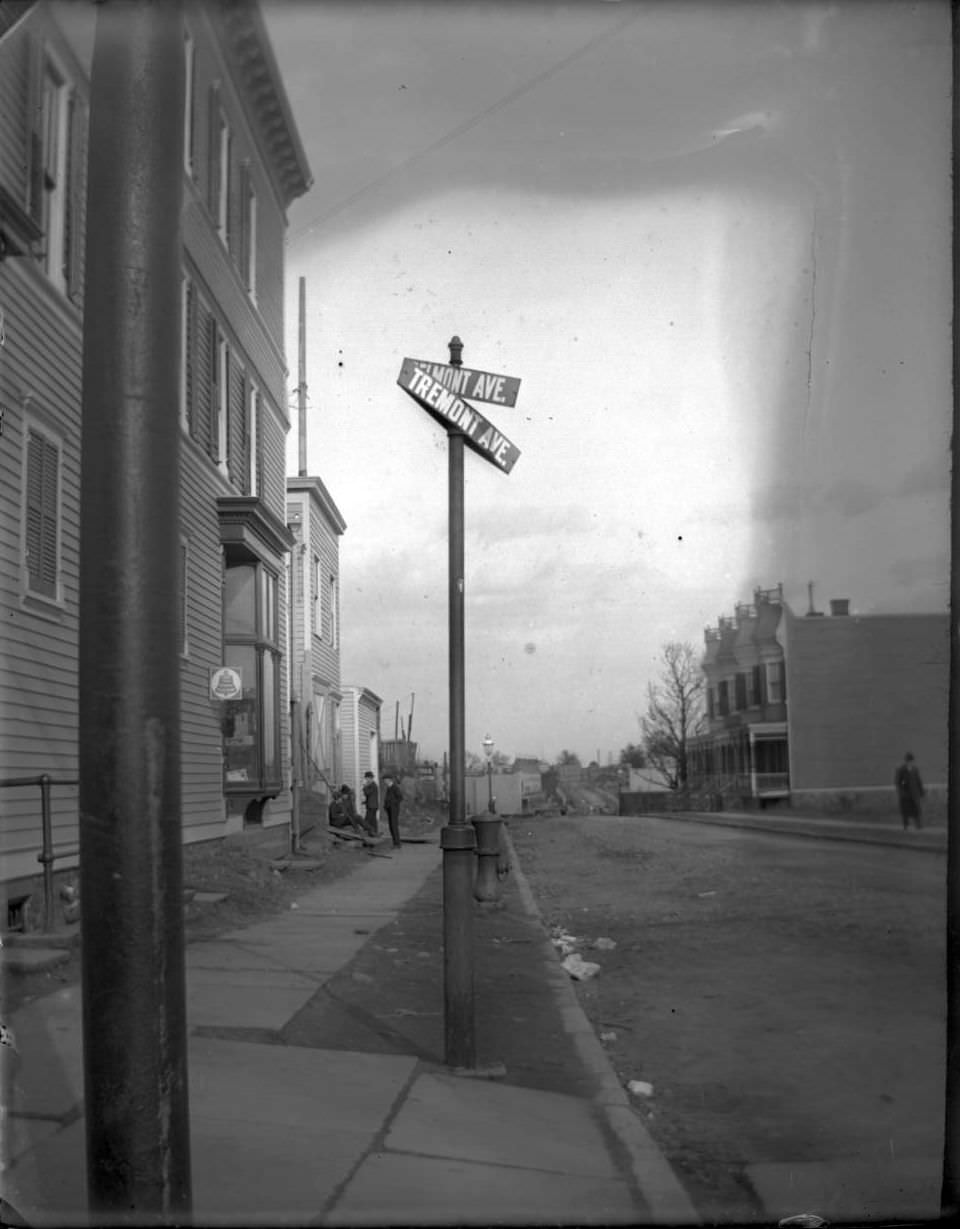
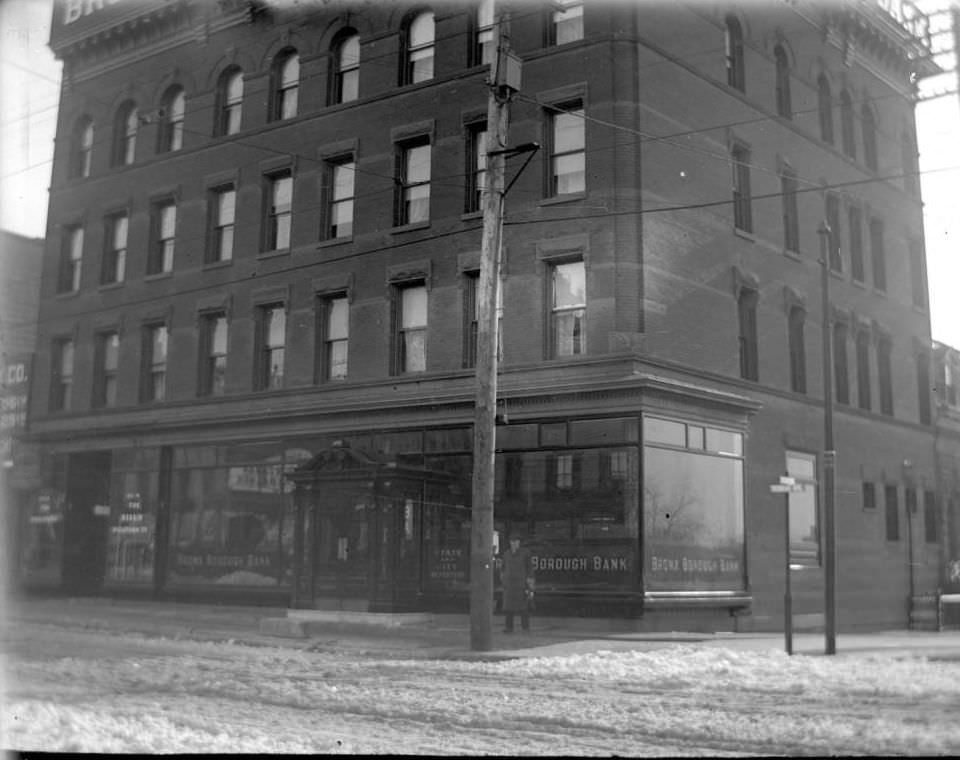
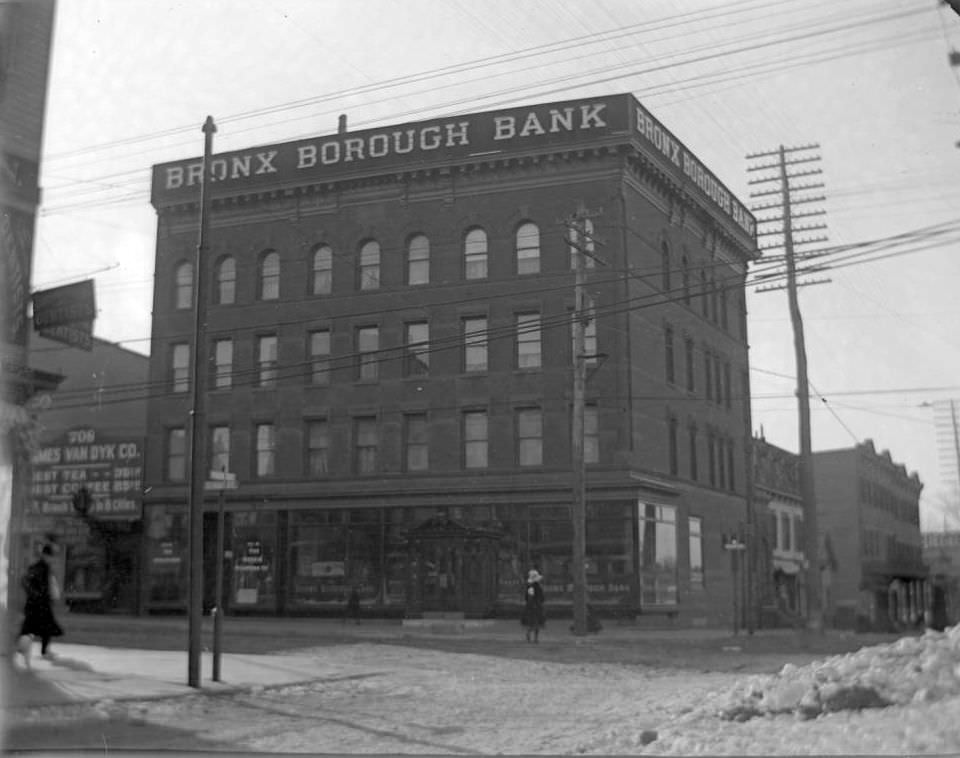
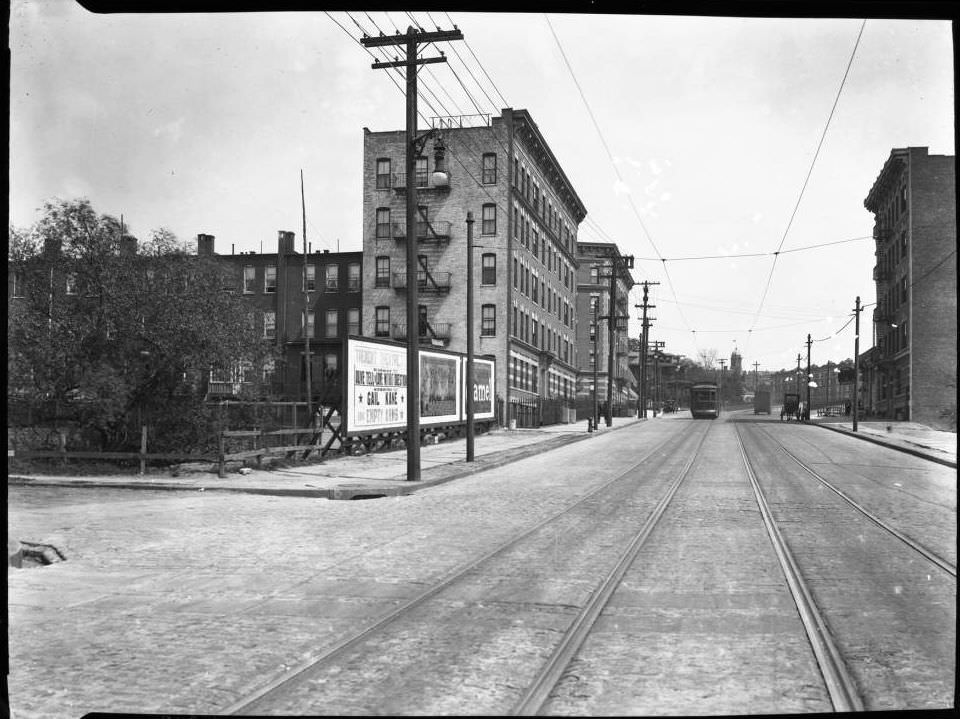
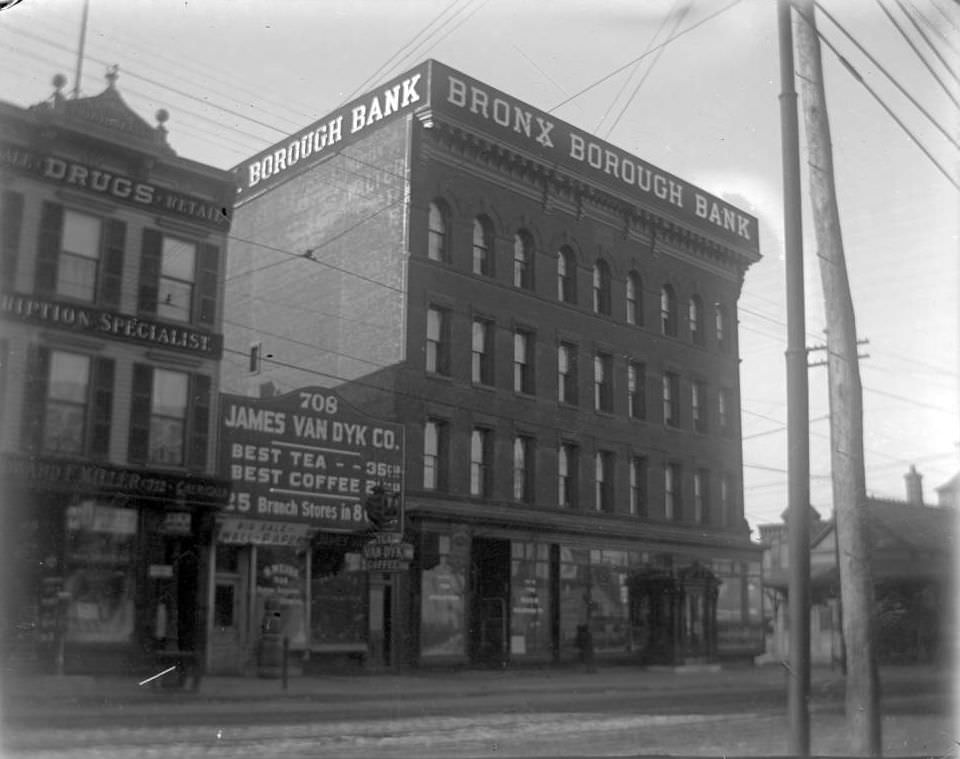
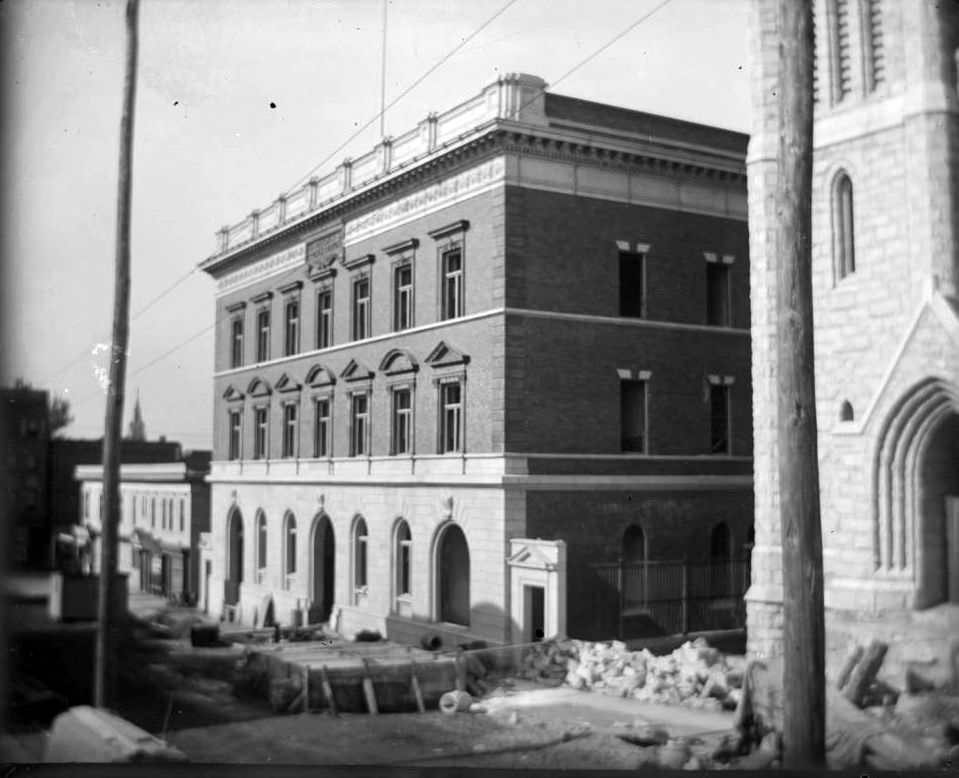
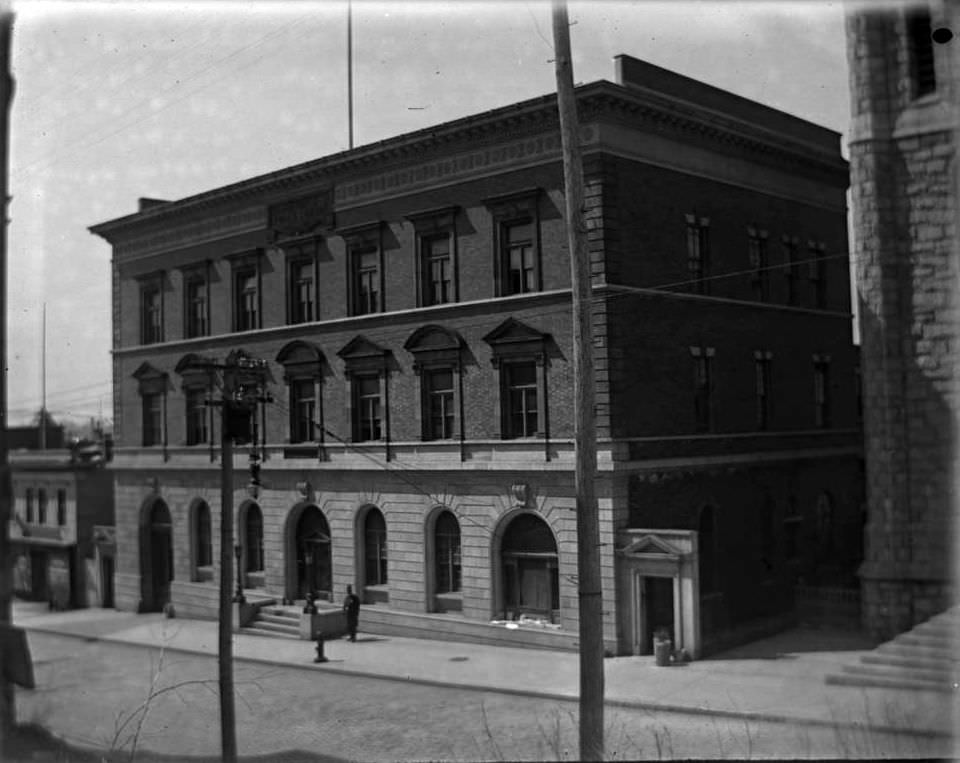
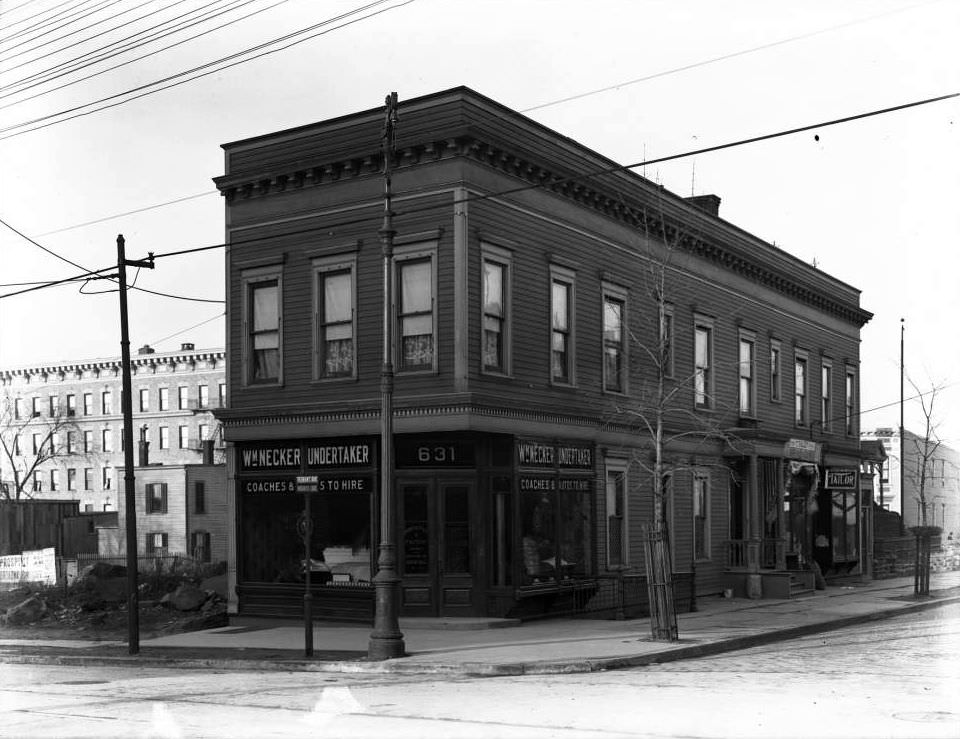
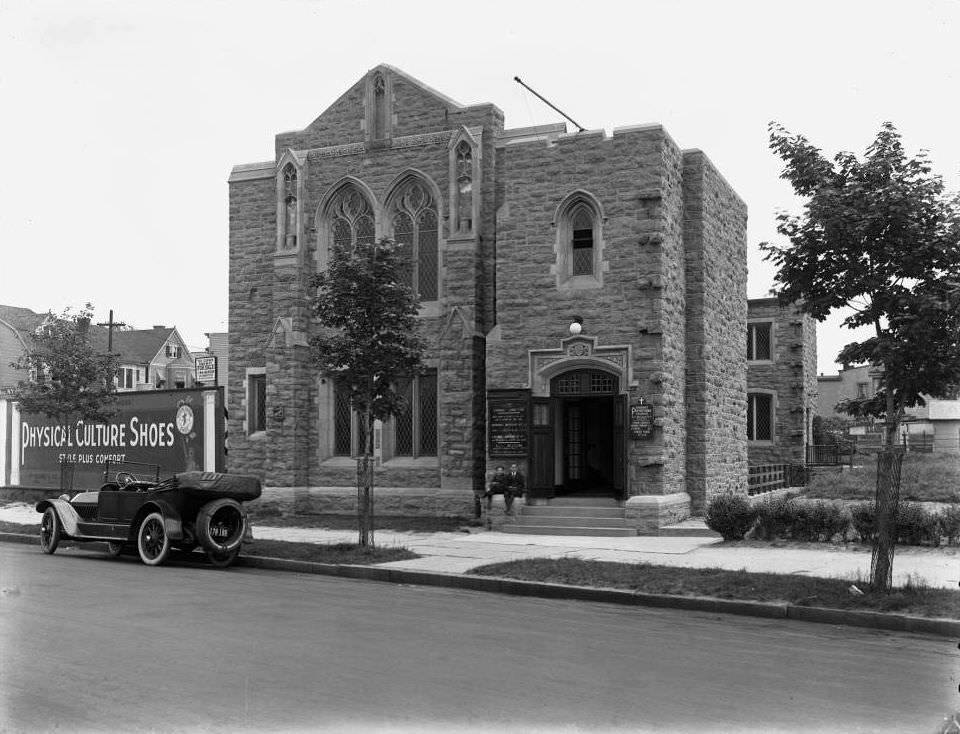
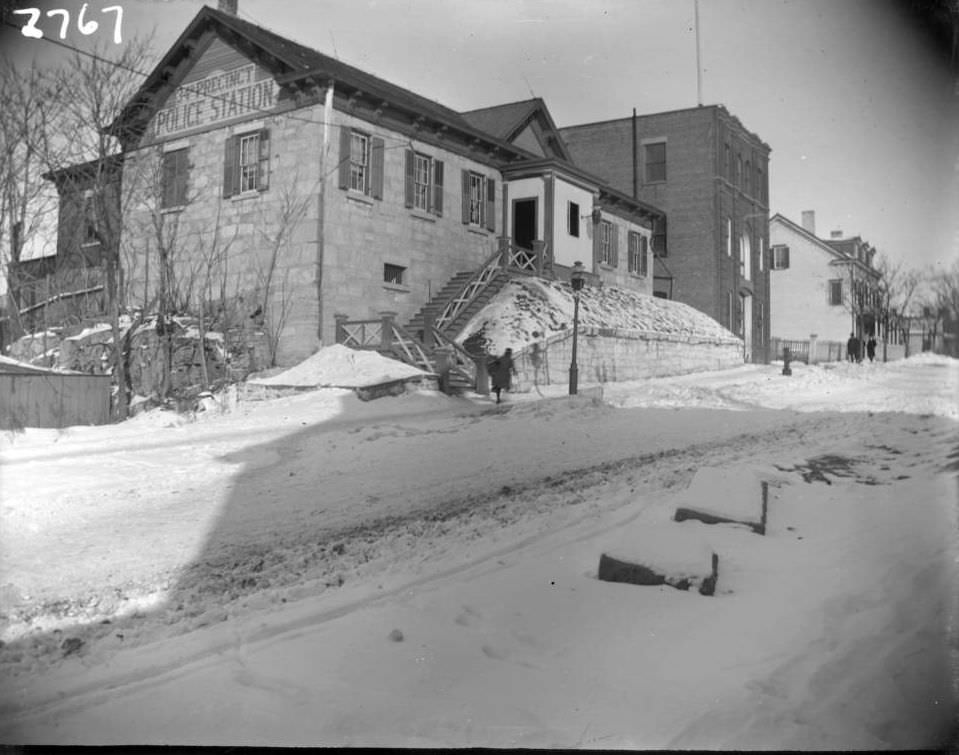
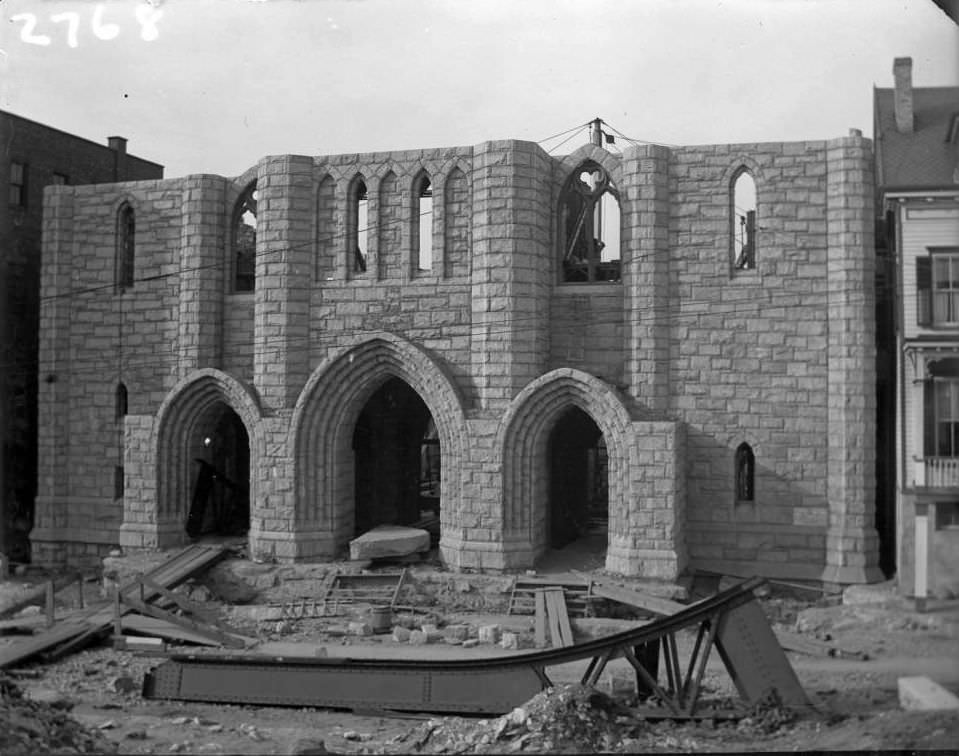
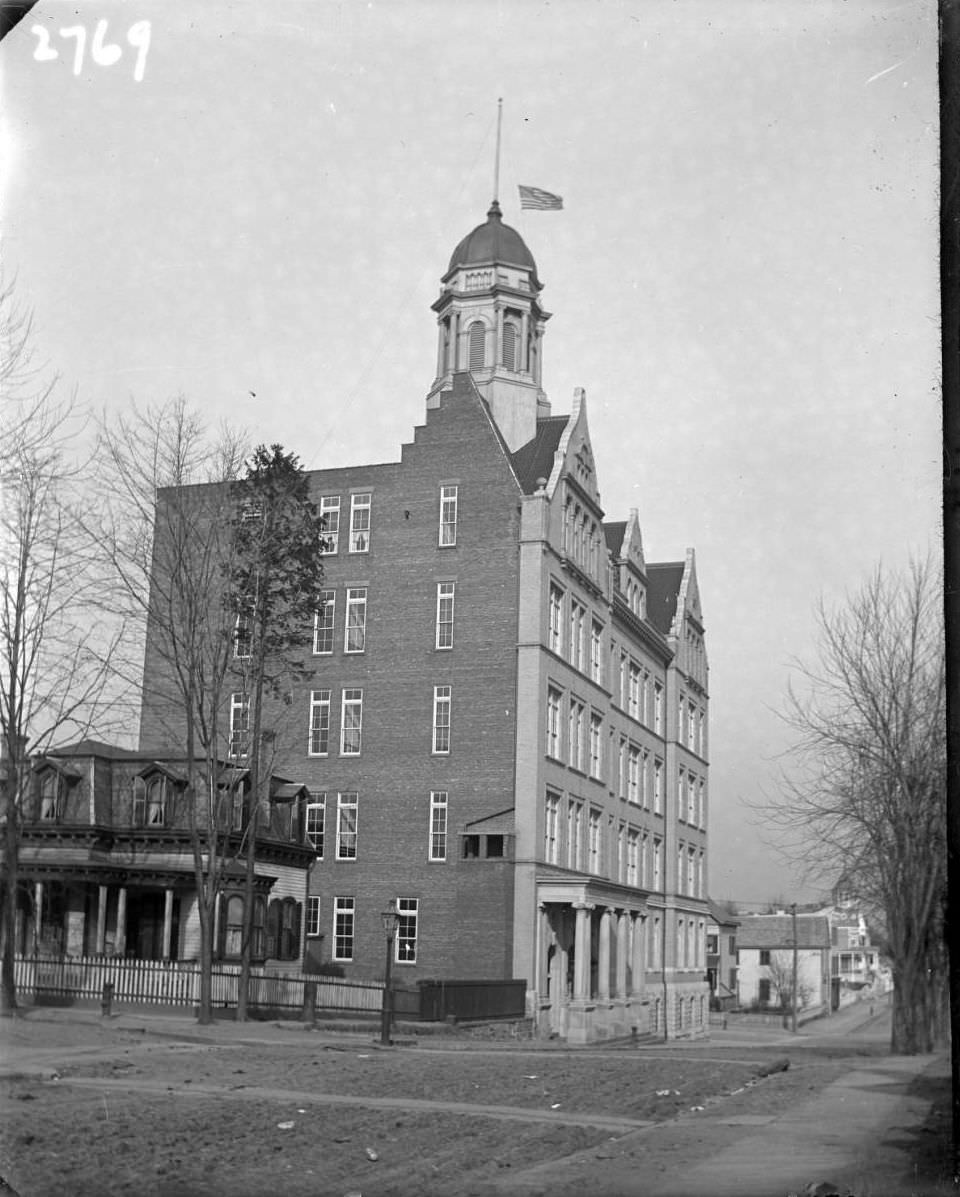
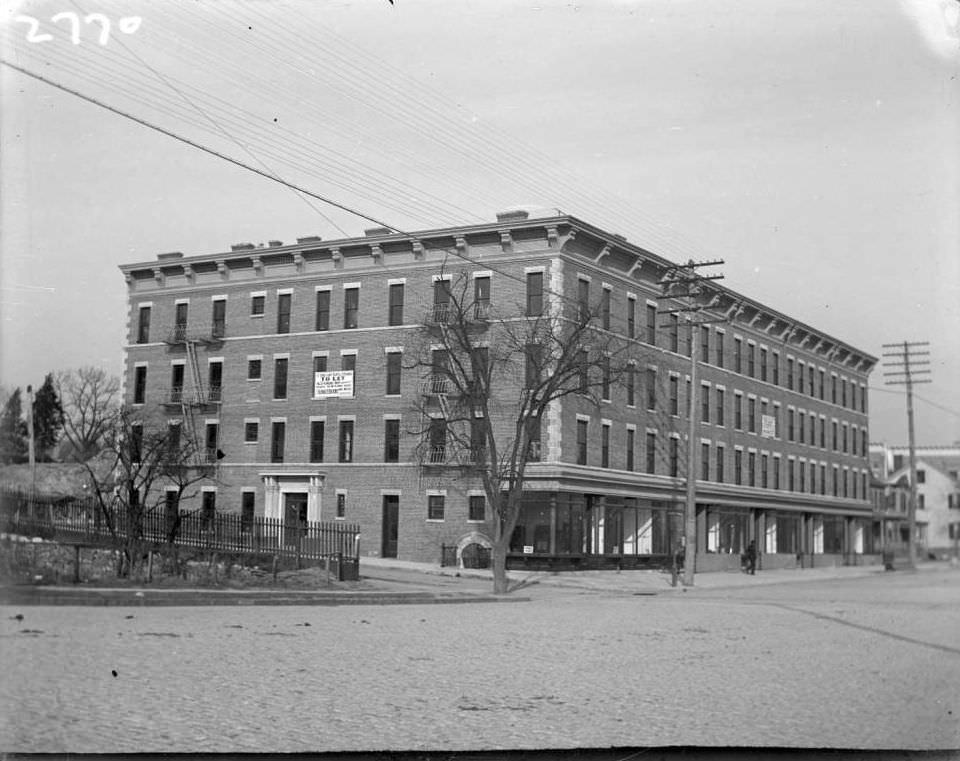
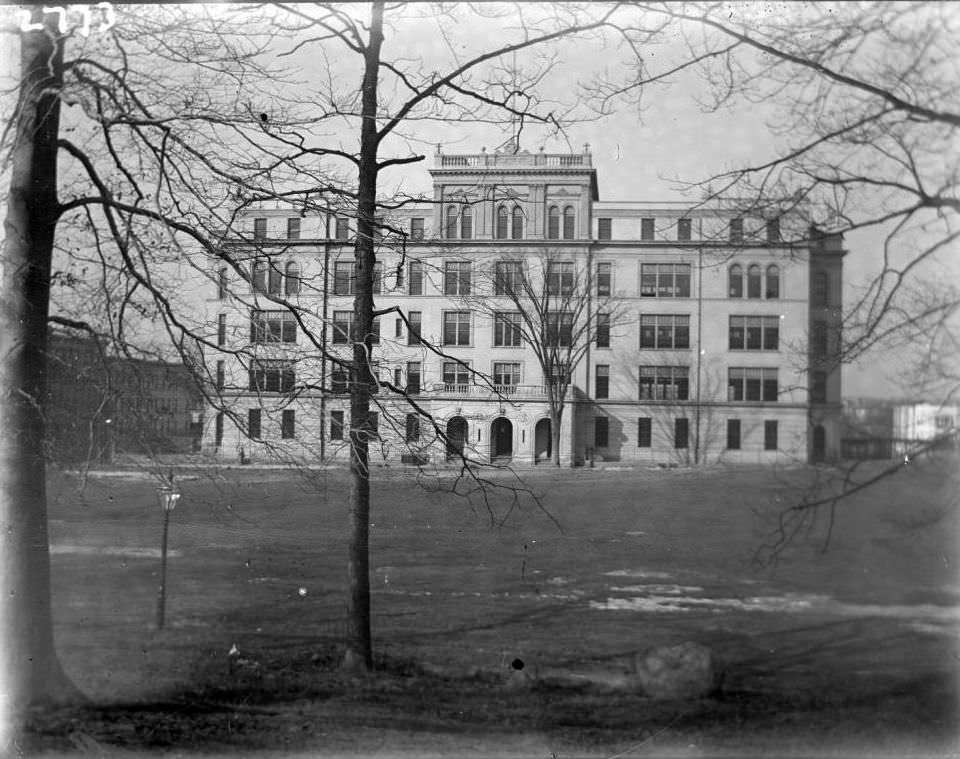
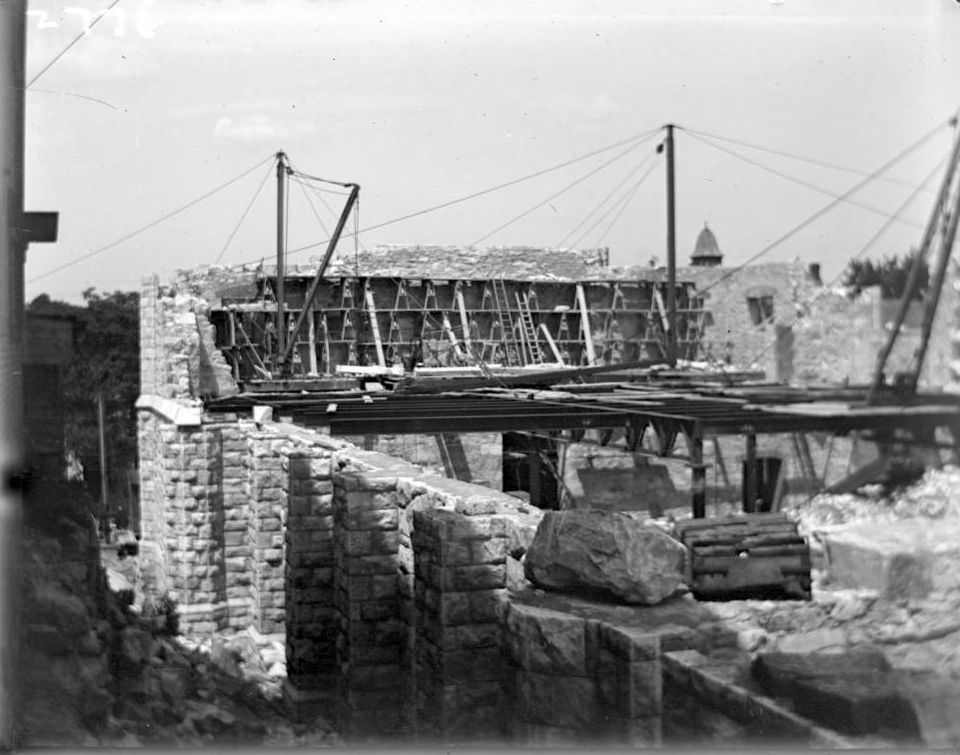
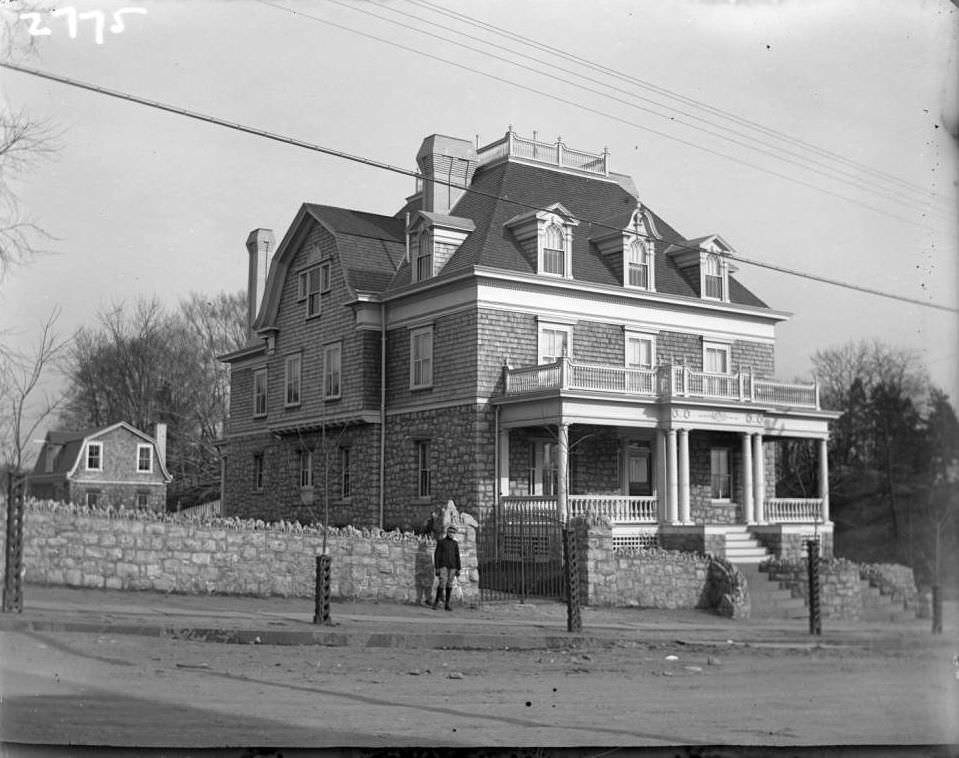
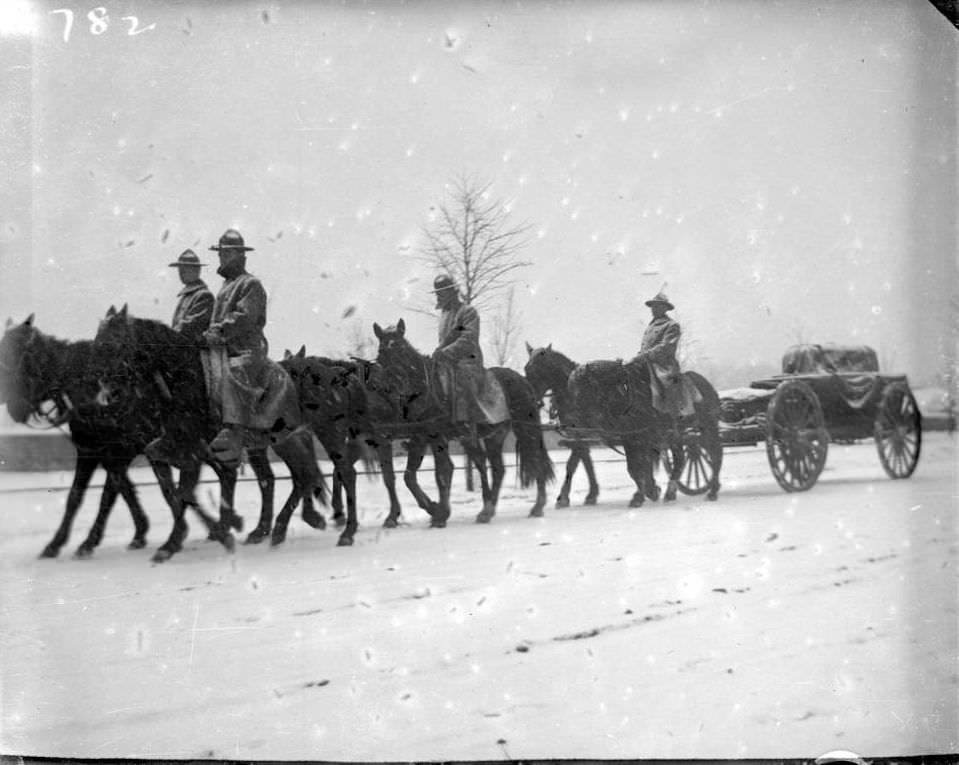
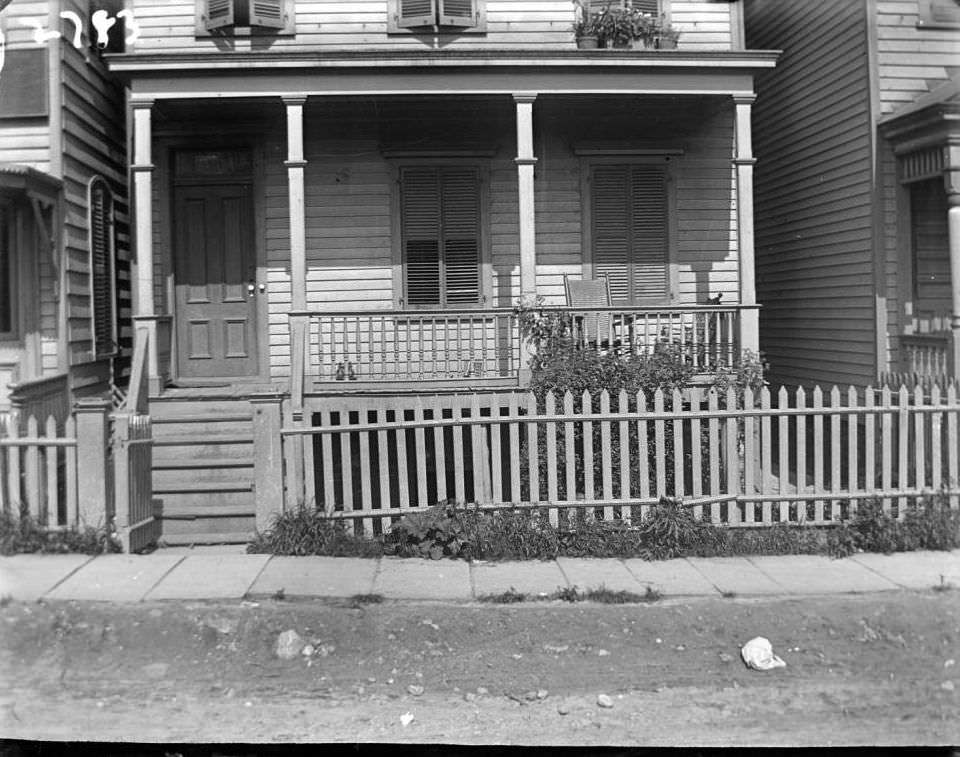
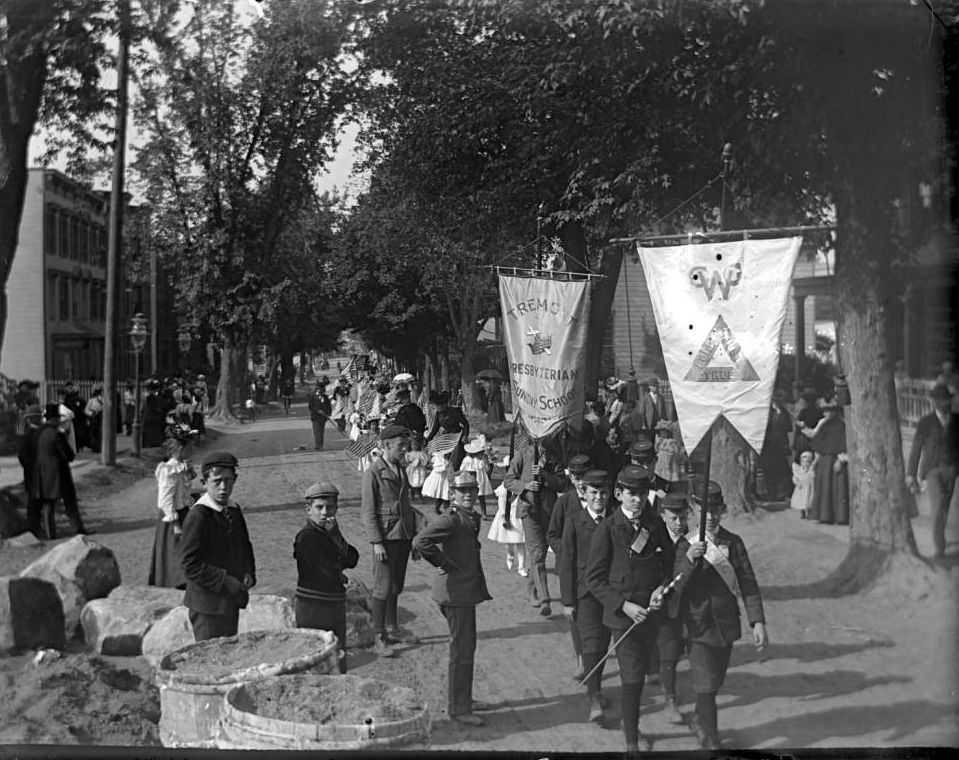
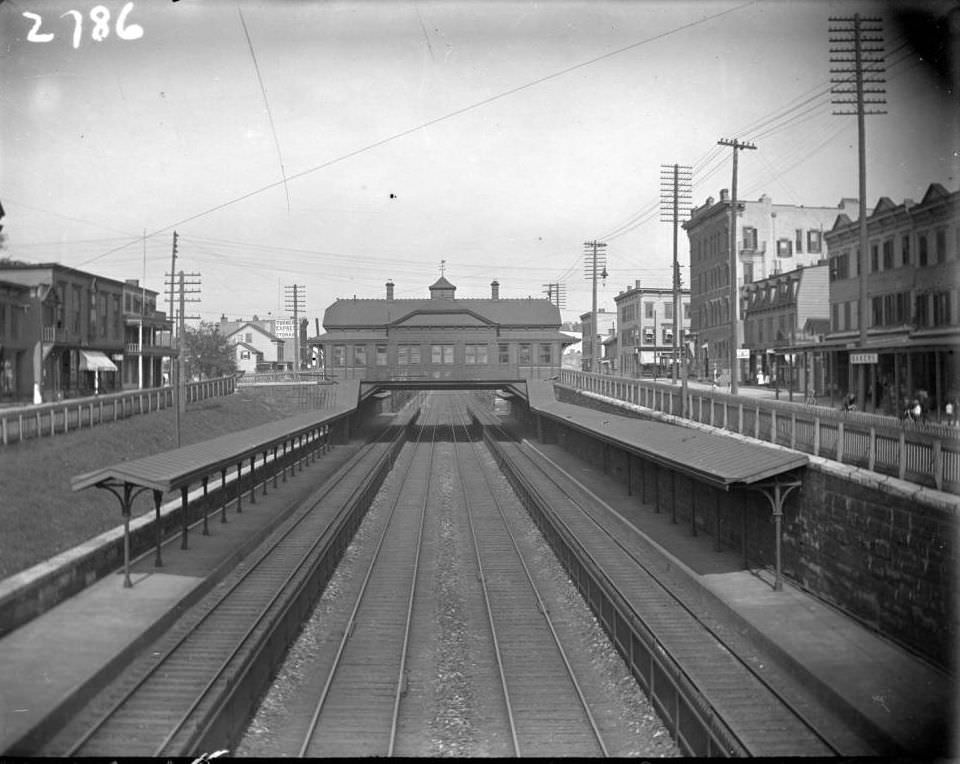
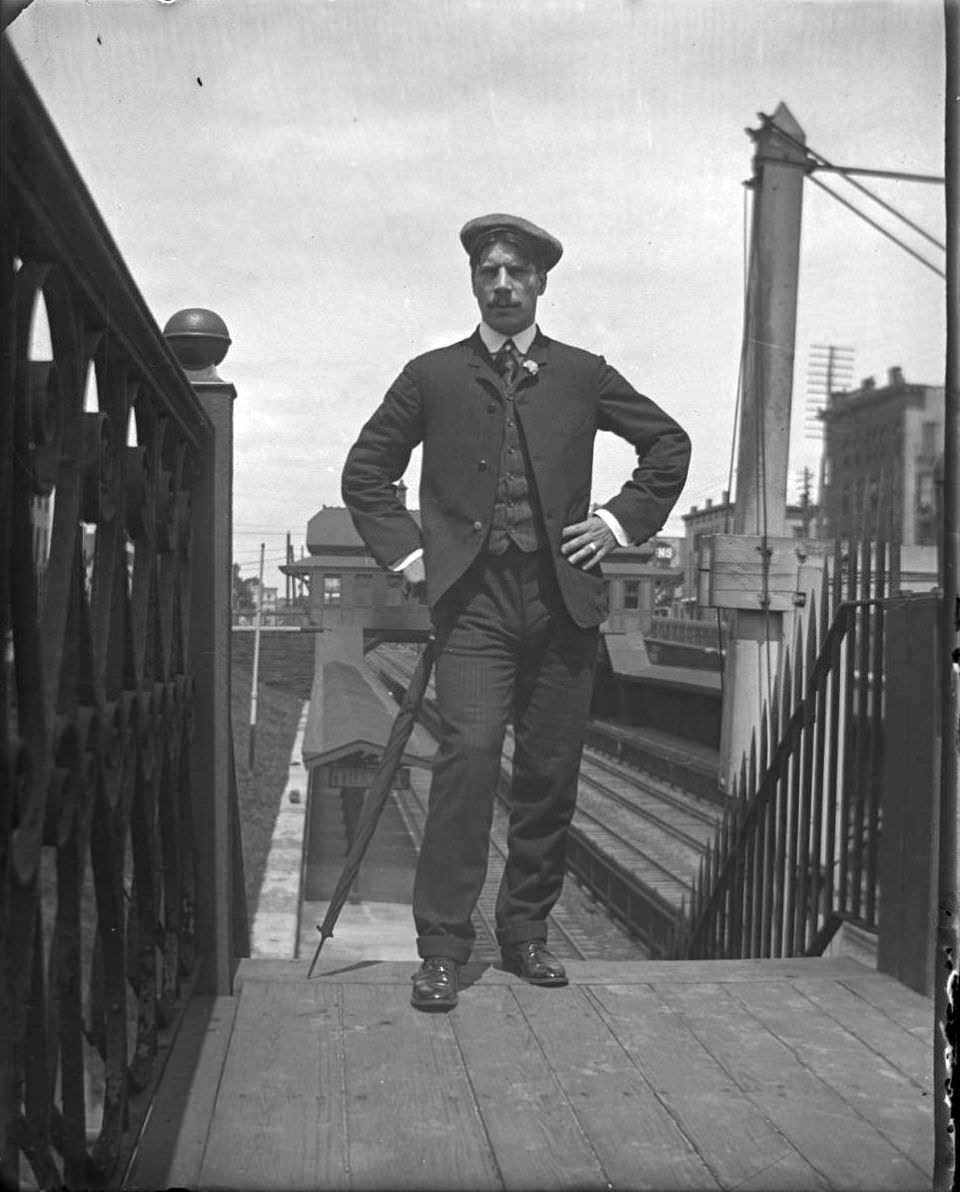
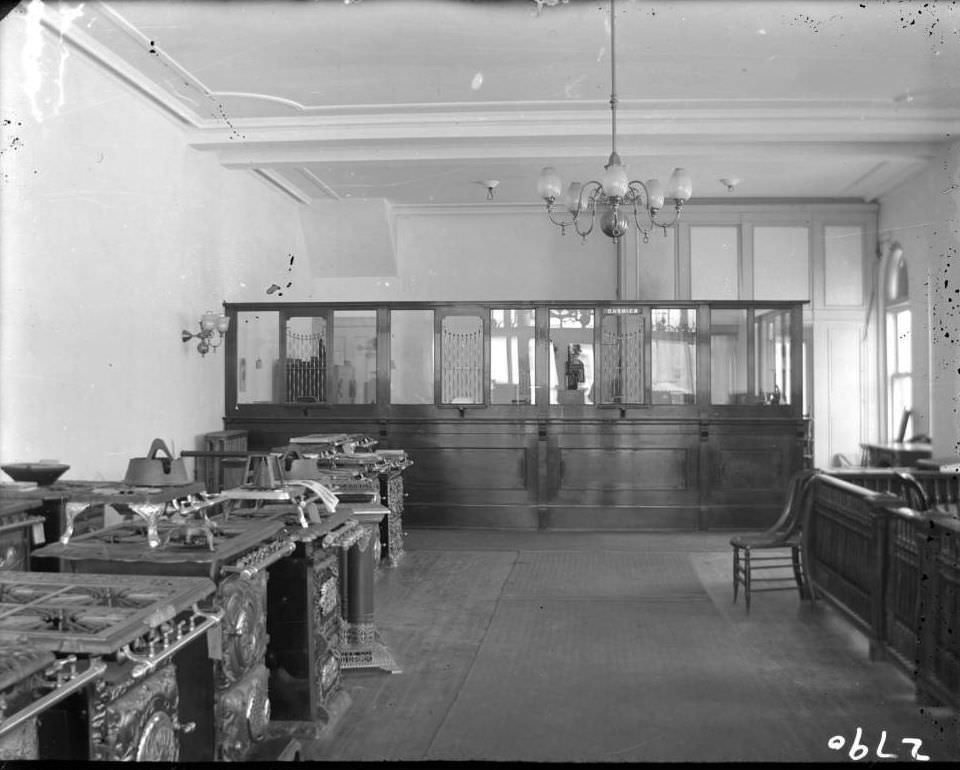
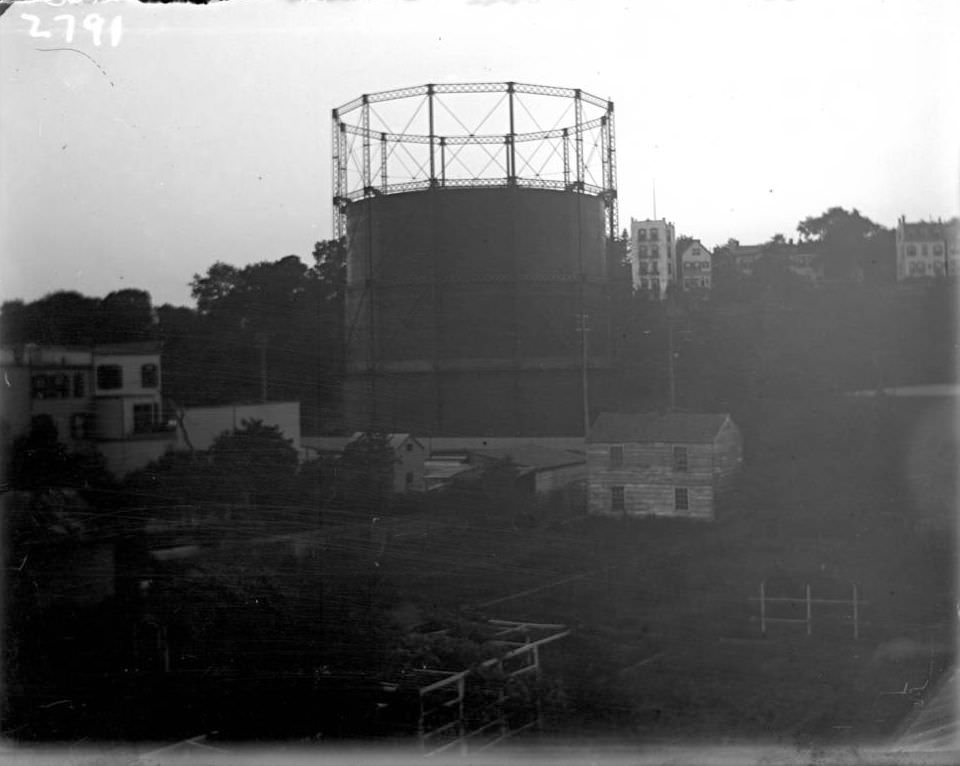
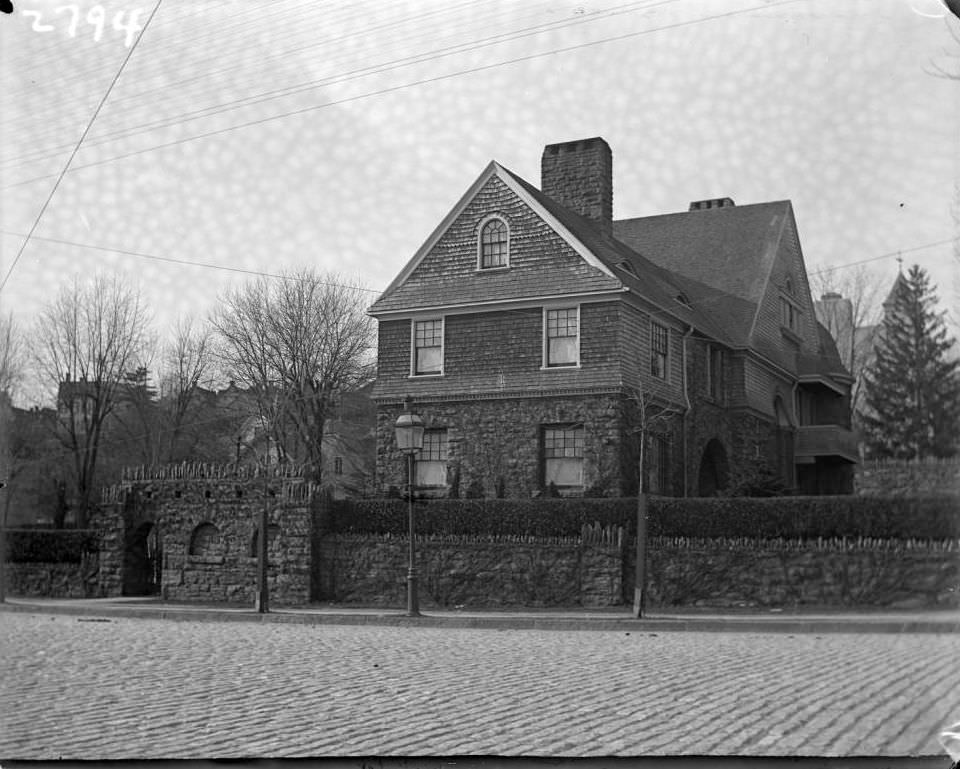
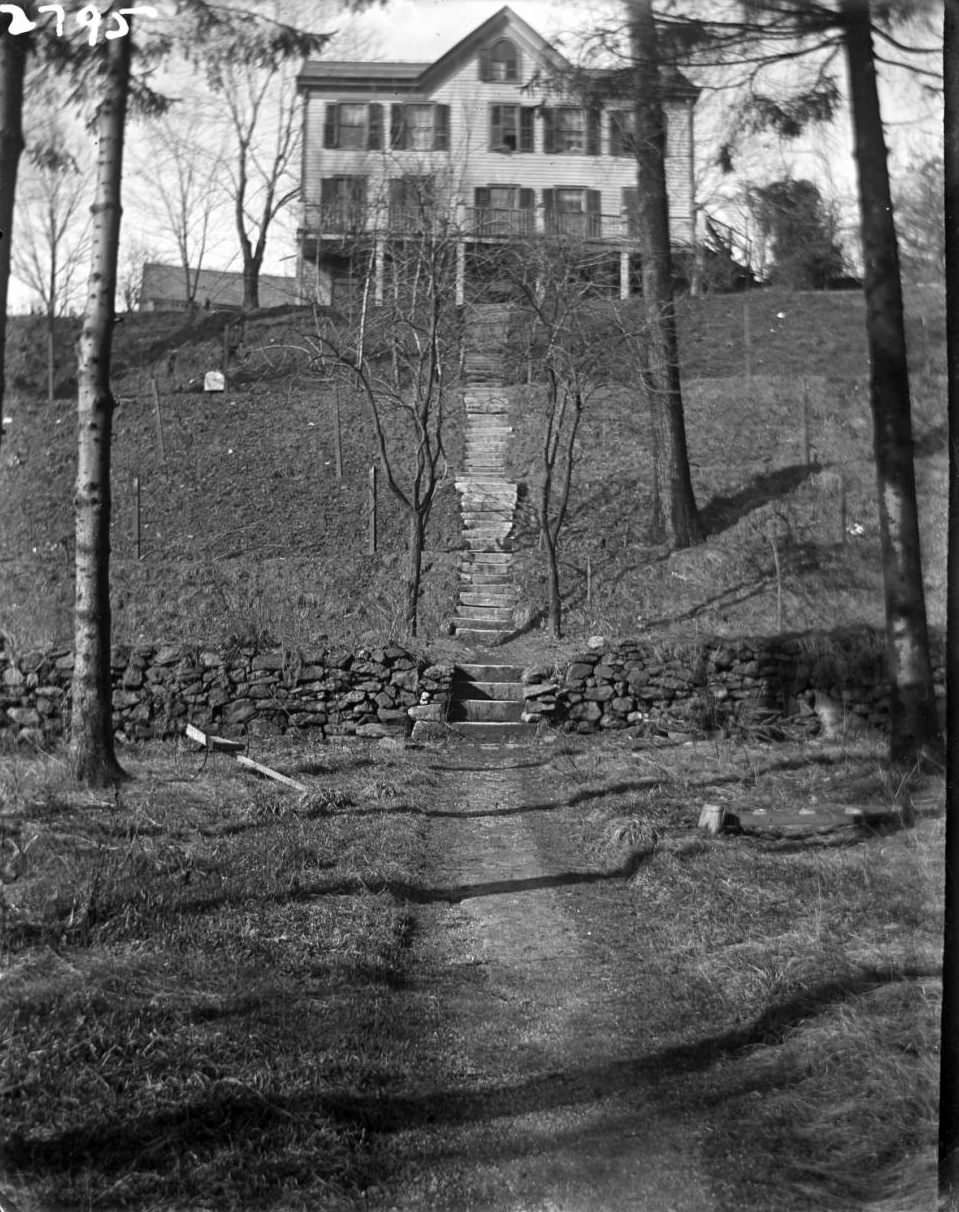
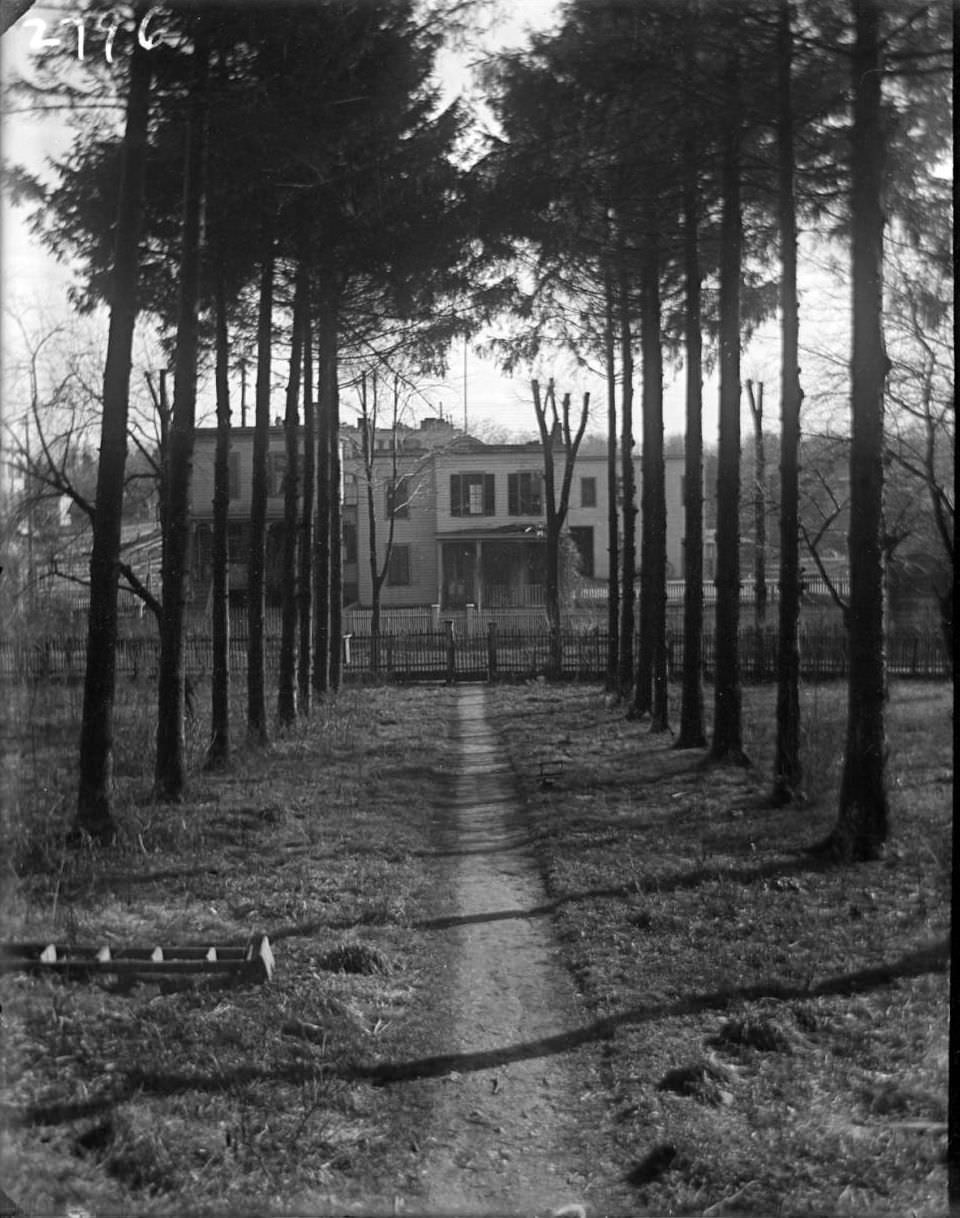
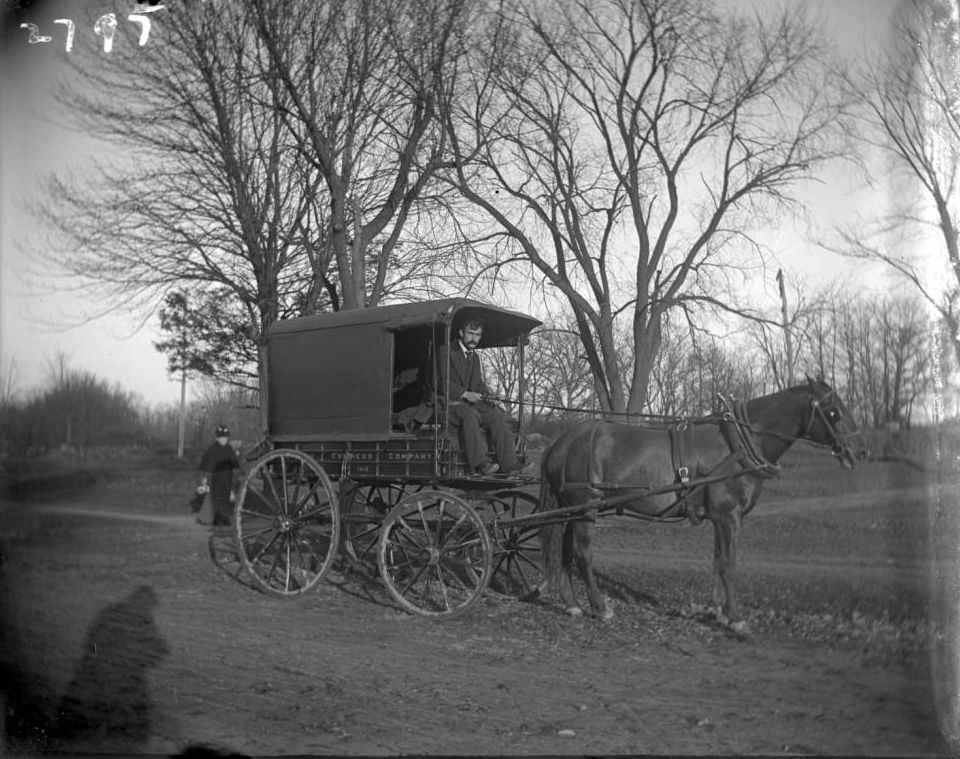
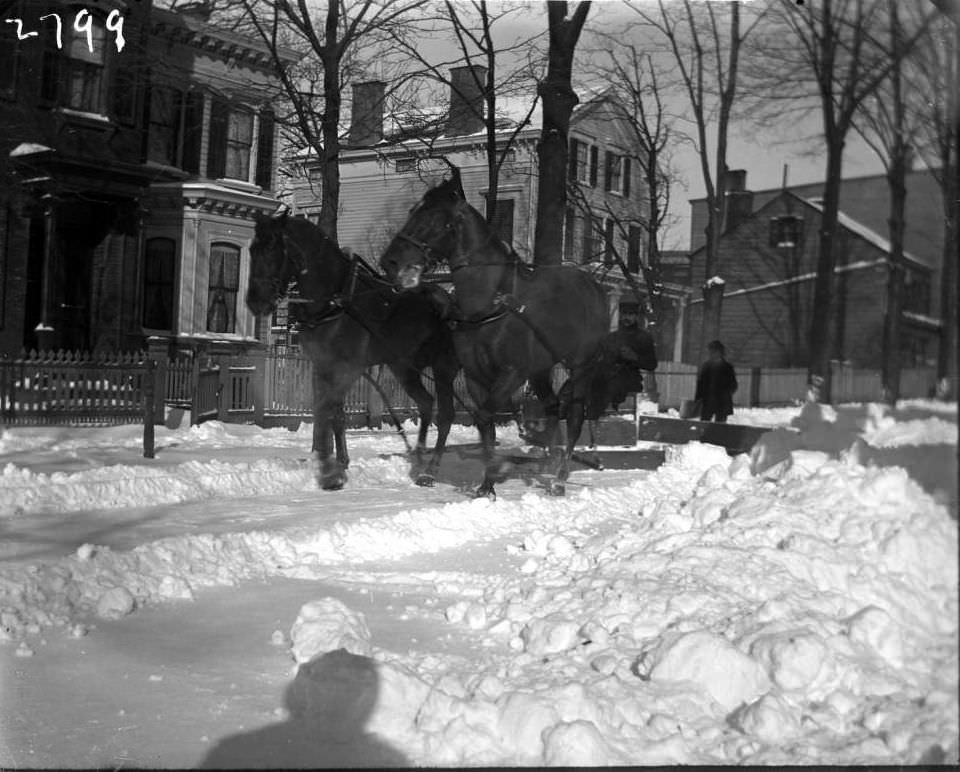
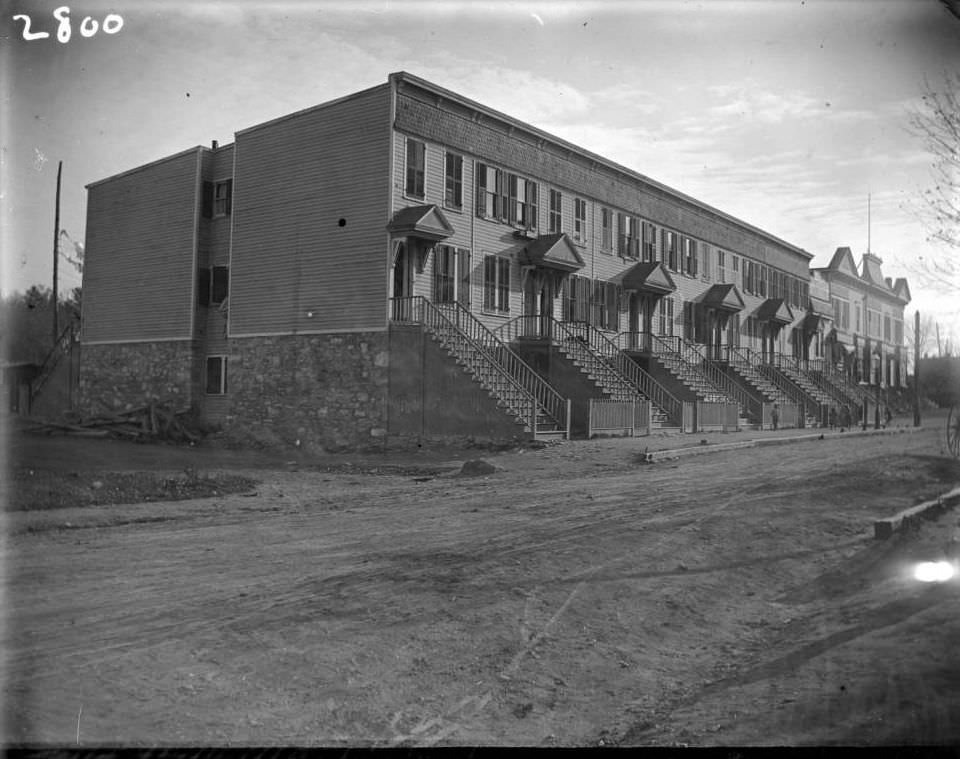
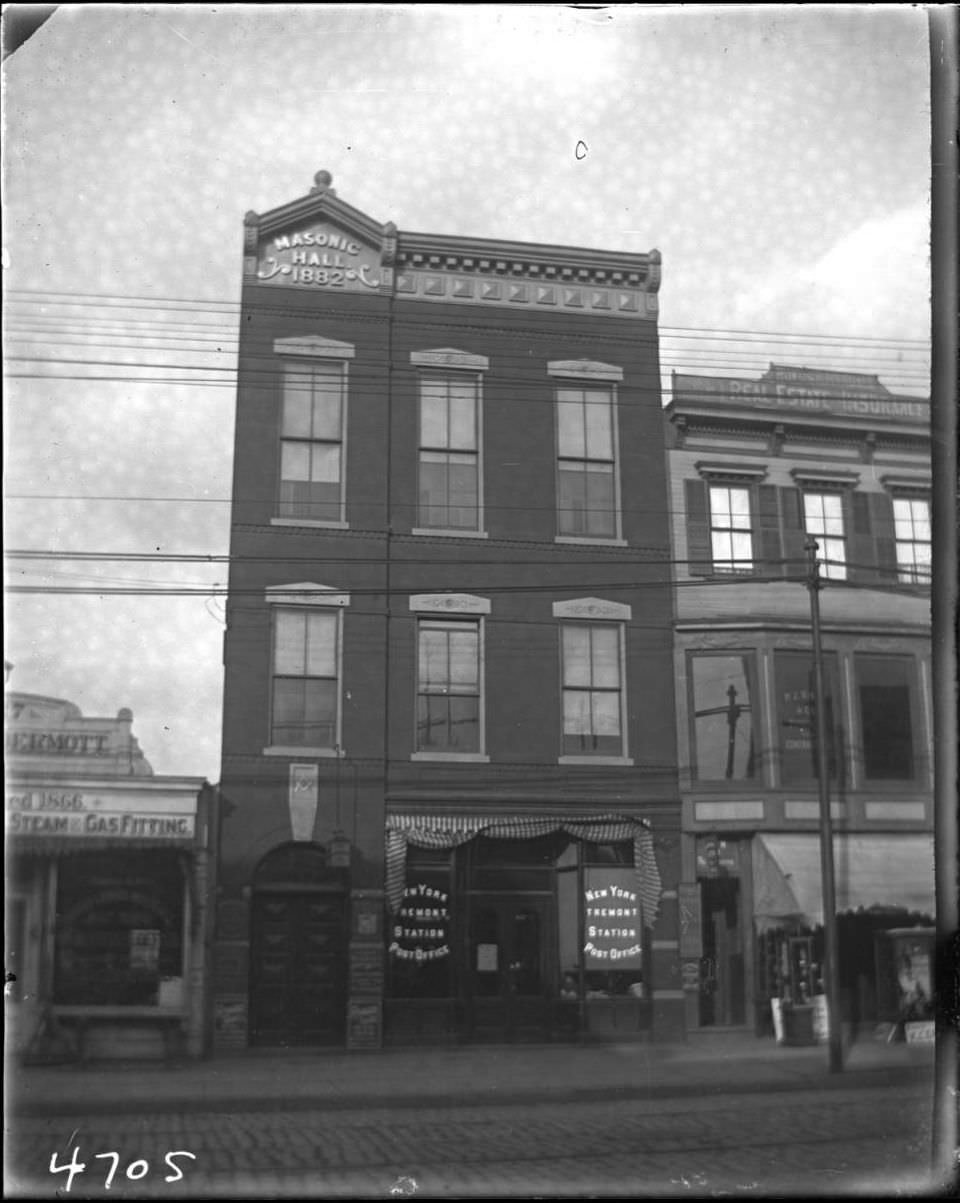
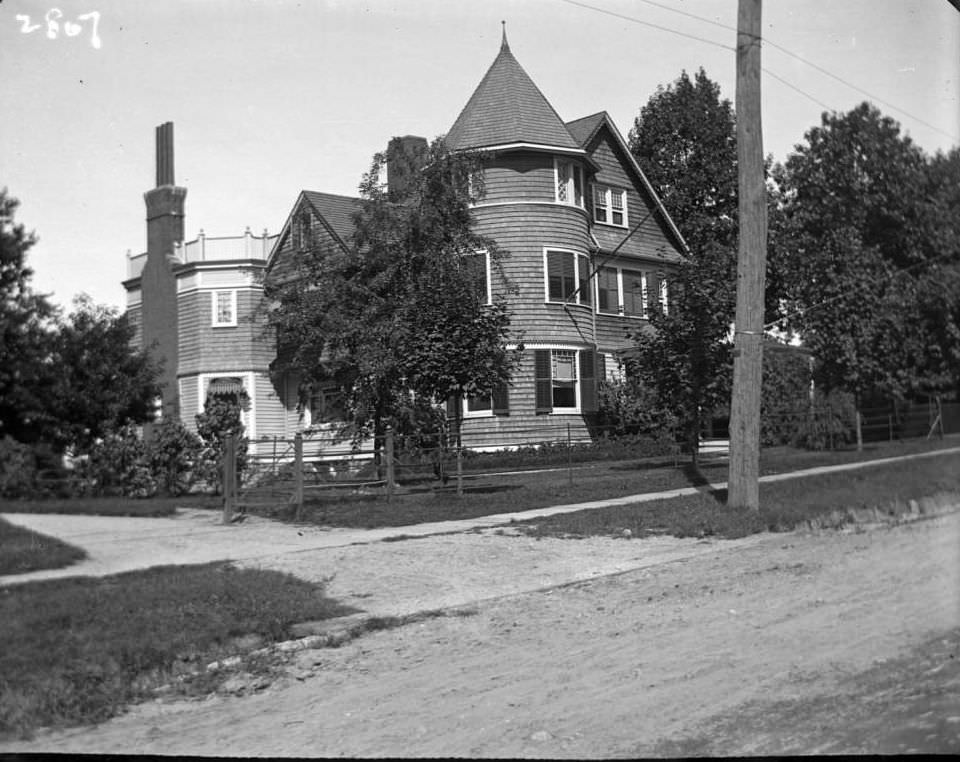
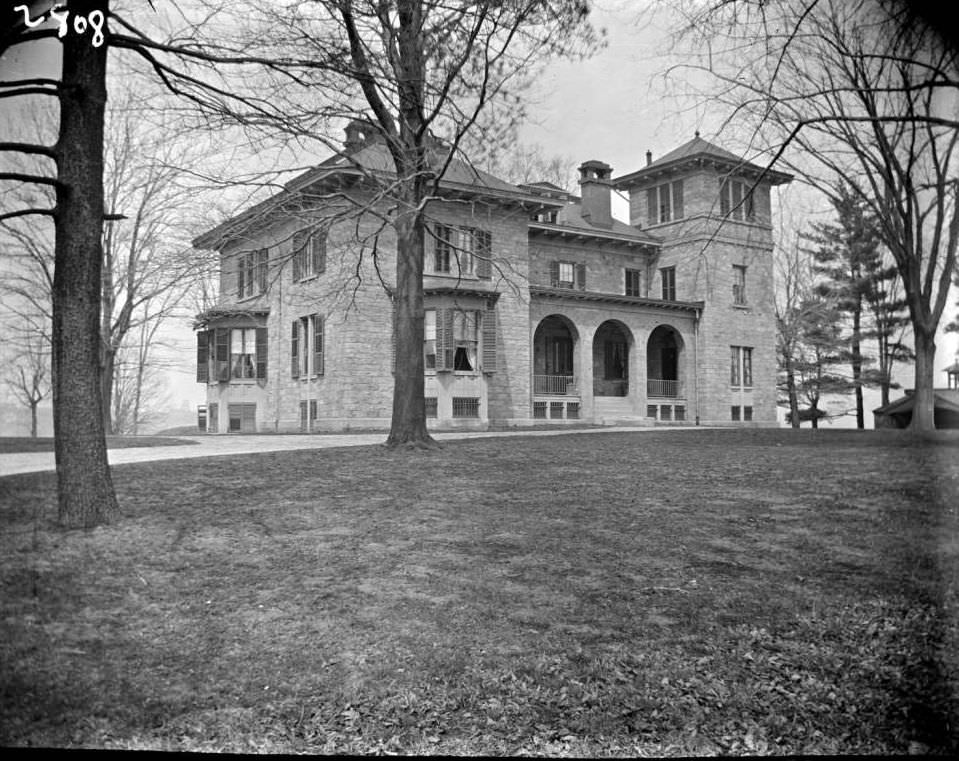
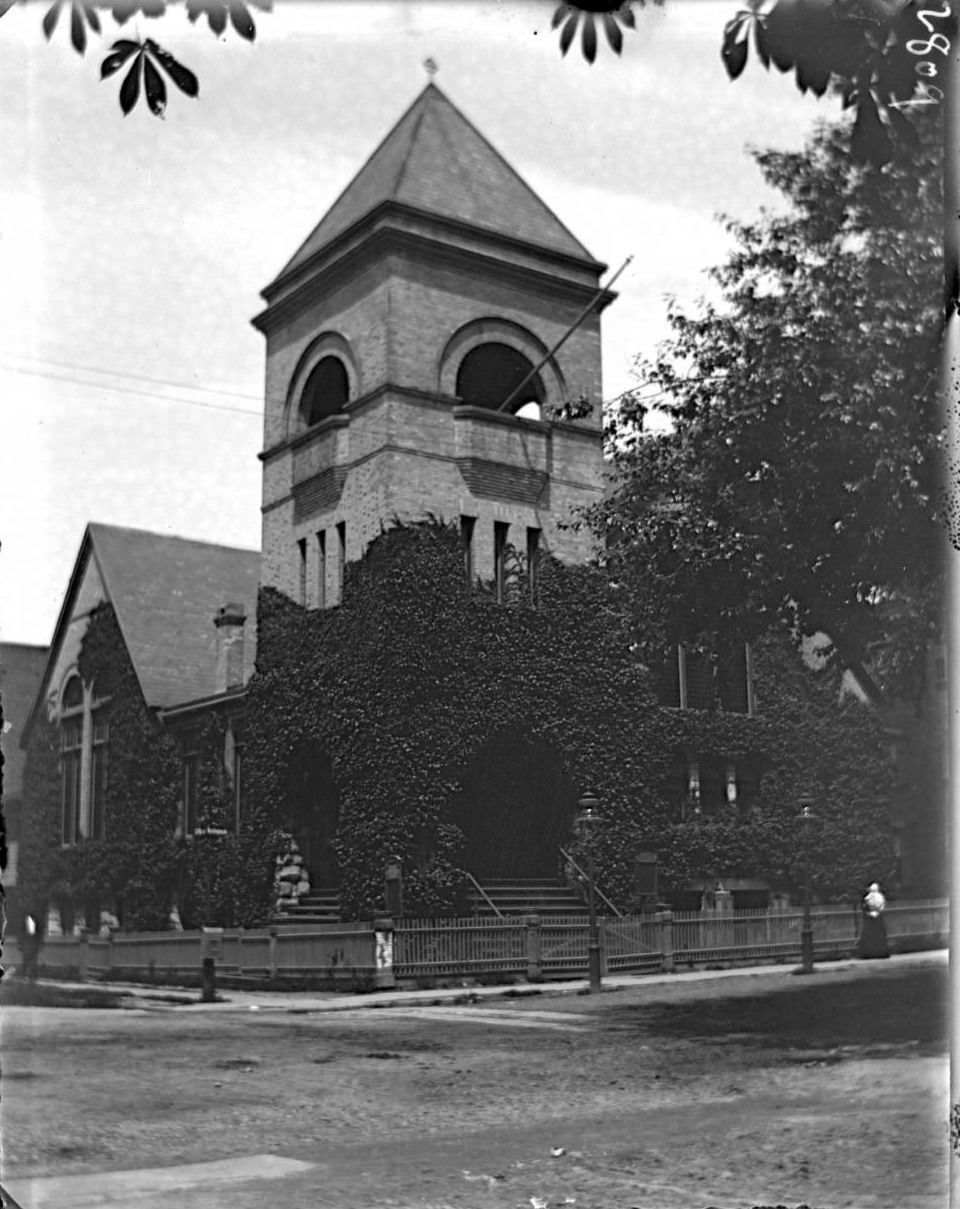
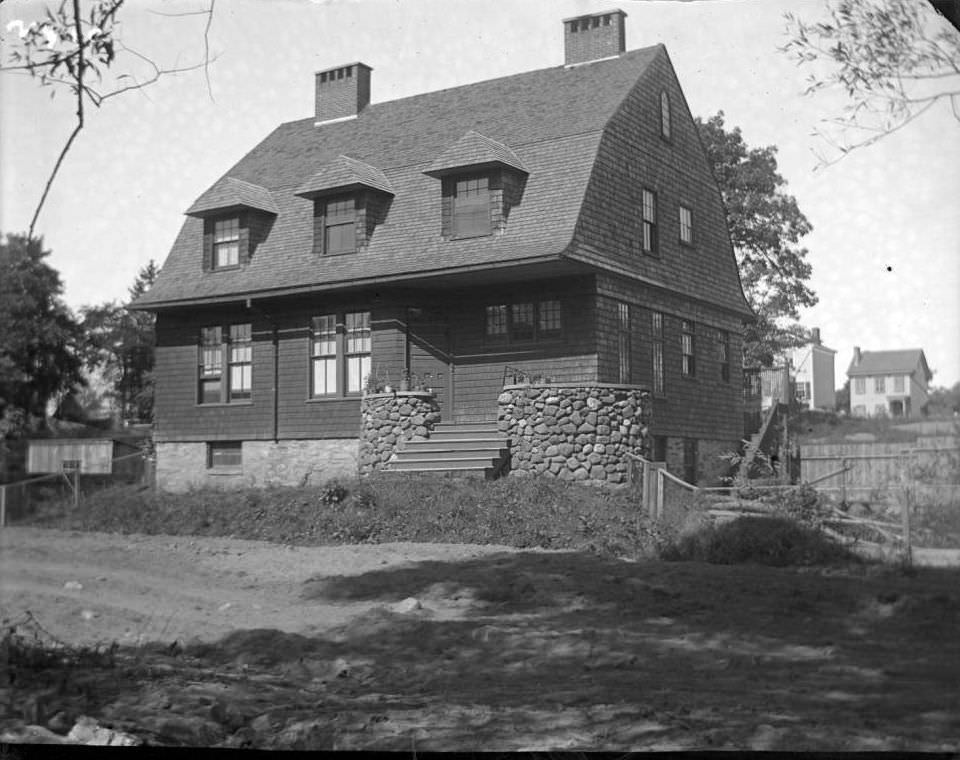
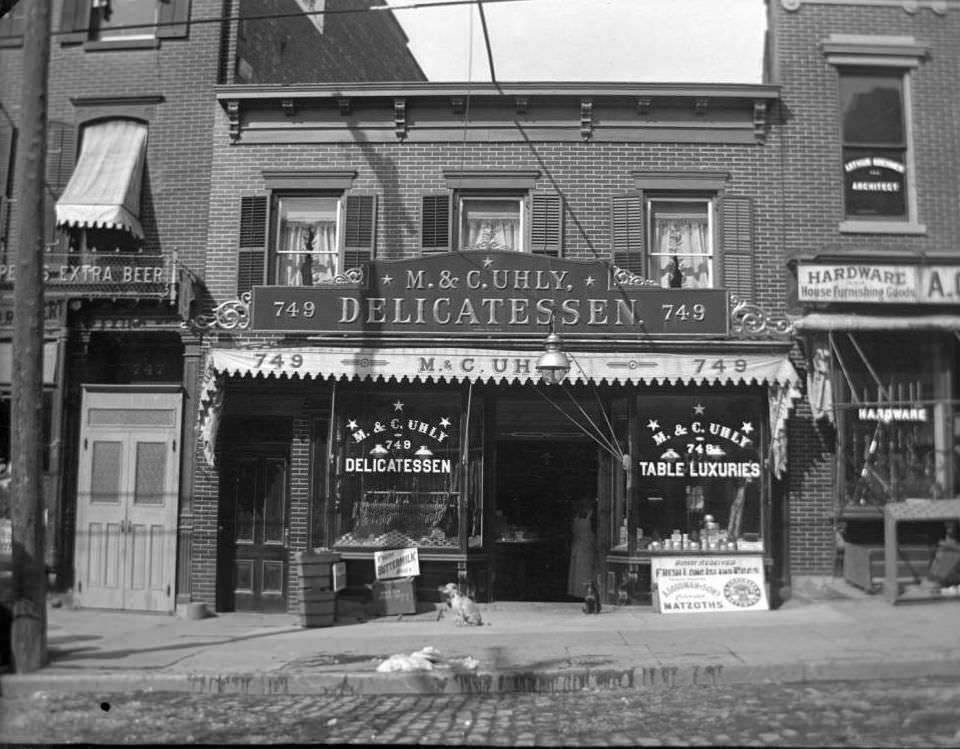
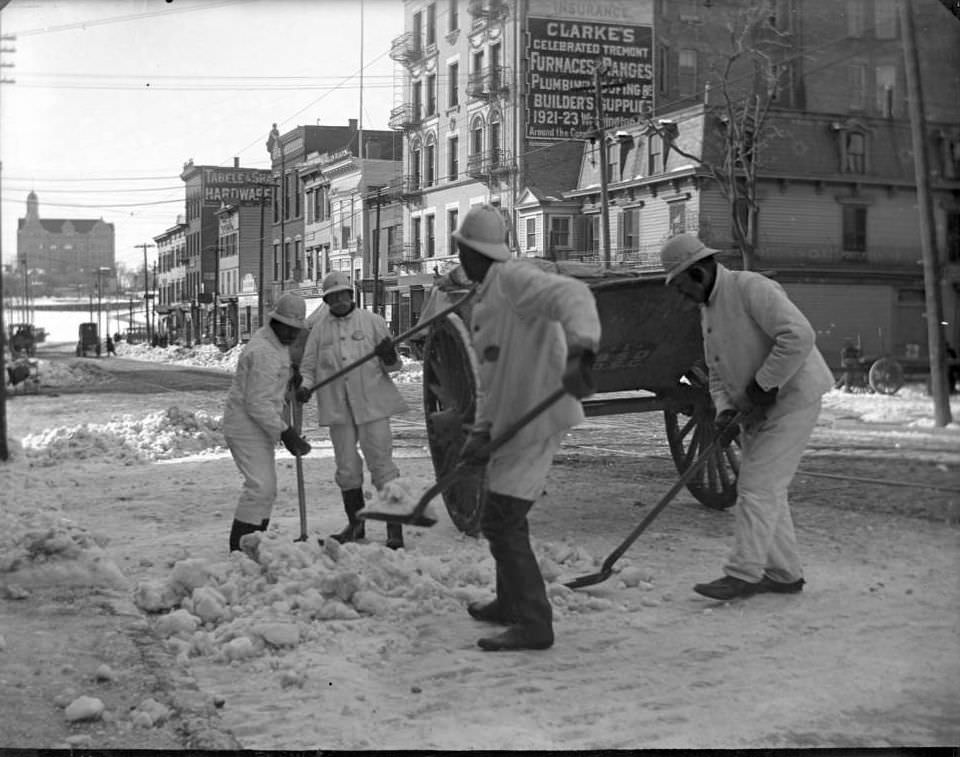
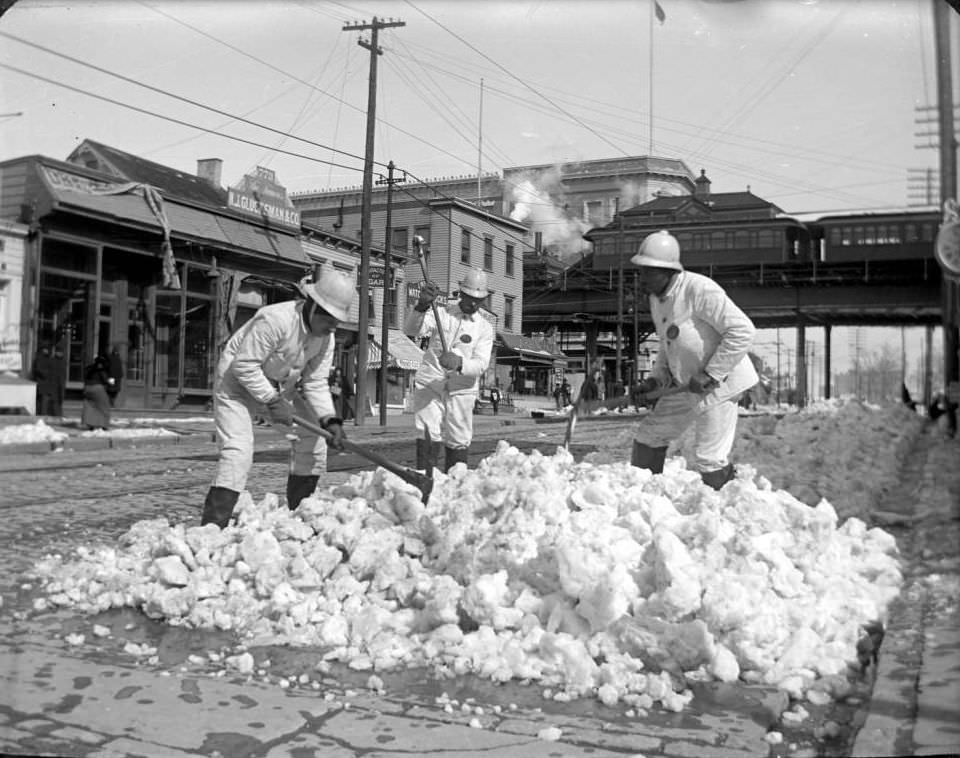
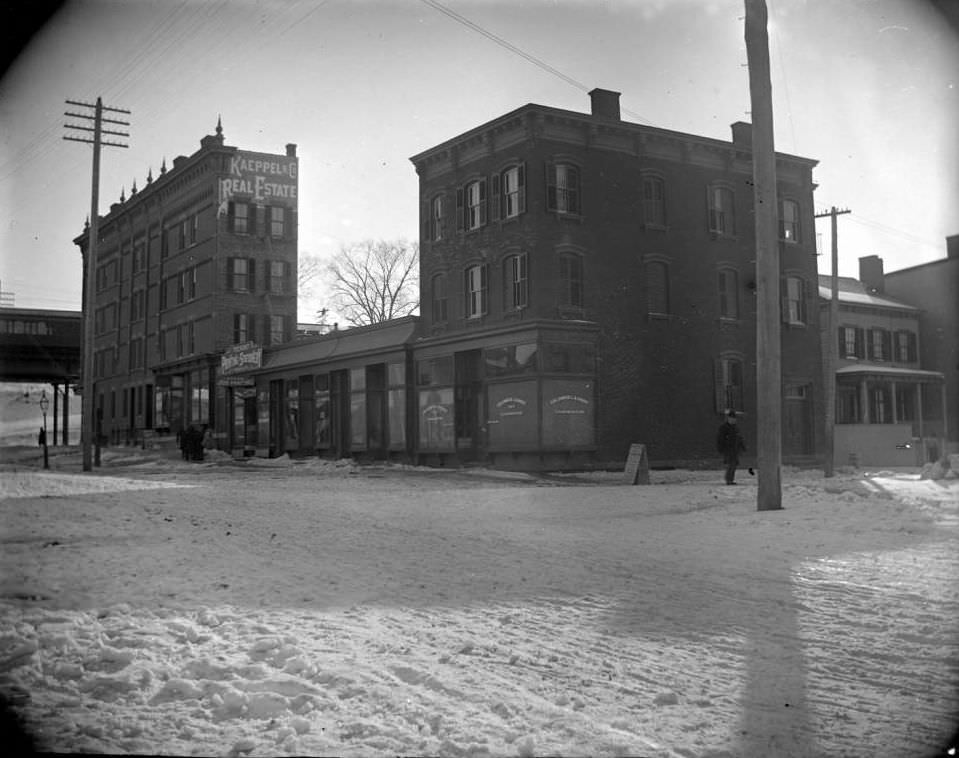
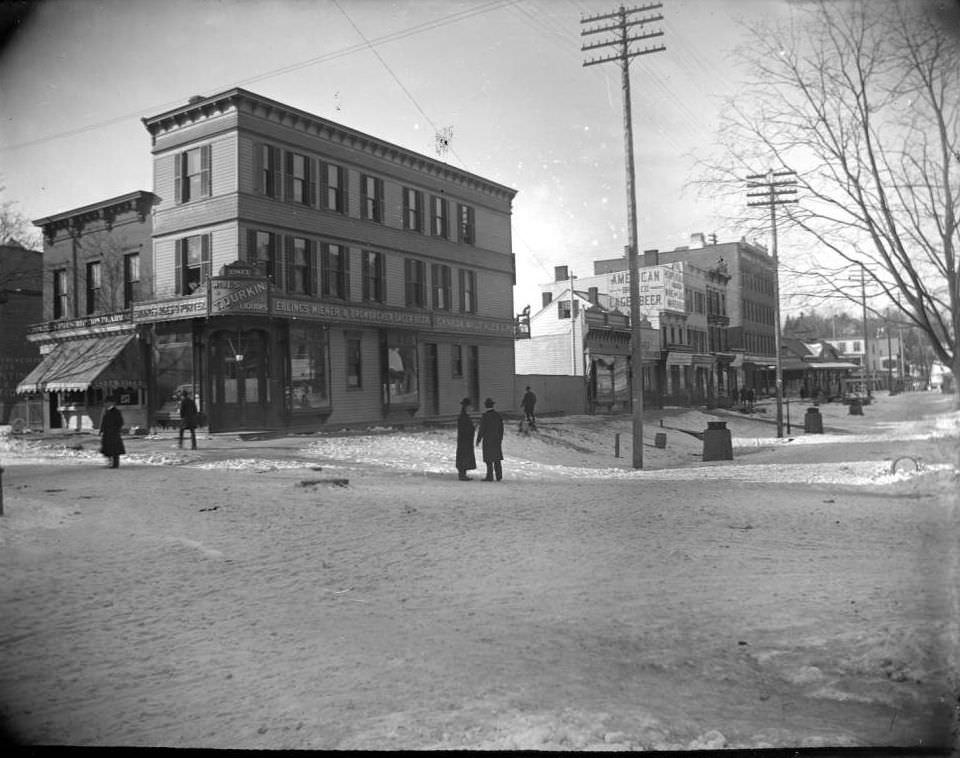
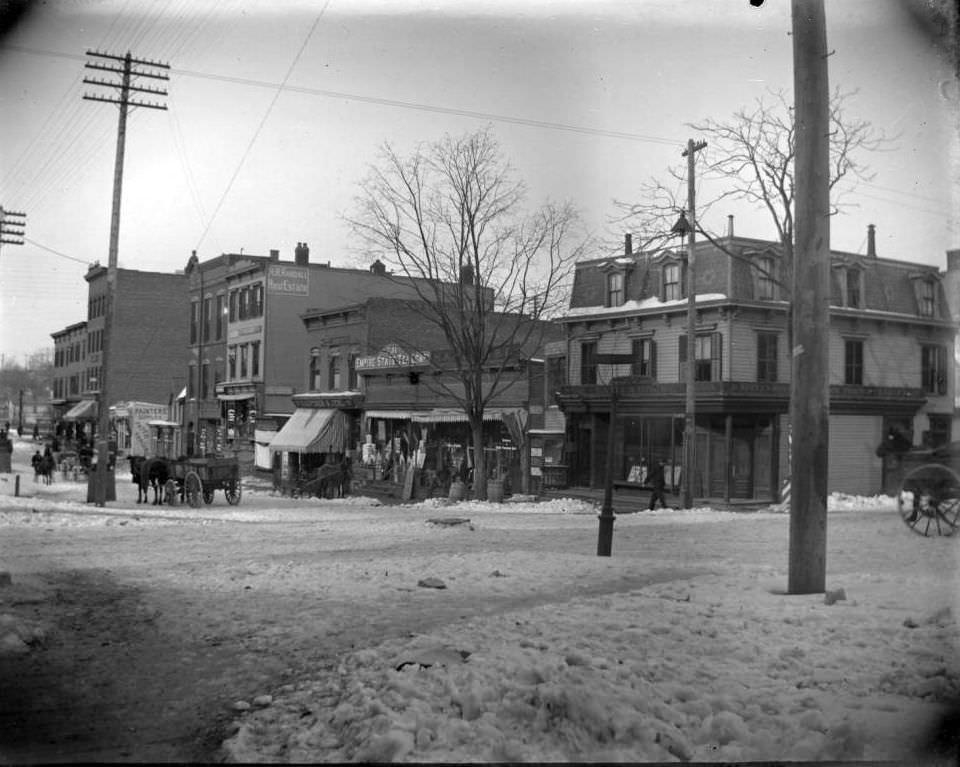

GIPHY App Key not set. Please check settings